Tourists usually limit their visit to Tokyo to three days, because the rest of the Land of the Rising Sun is so alluring that it doesn’t make sense to linger in the capital any longer. In this article, I will tell about the places worth visiting in such a short time.
- The Tsukiji Fish Market
- The Hachikō Statue
- The Shibuya District
- The Meiji Shrine
- Tokyo Skytree Broadcasting Tower
- Sensō-ji Temple
- The Roppongi Spider
- Ninja Akasaka Restaurant
- Running Sushi Conveyor Belt Restaurant
The Tsukiji Fish Market
I have dedicated a separate article to this astonishing market. Don’t forget you can eat here, and visit the place when you’re hungry.
The Hachikō Statue
This Akita Inu is famous even outside of Japan. So many people were amazed by his loyalty that he became a symbol of undying love. After his owner, professor Hidesaburō Ueno, had died at work of a cerebral haemorrhage, Hachikō came to the Shibuya Station each day for nine long years, even though the late man’s relatives took the dog in. During that time, the dog became well-known to the station’s staff and frequent passengers. Many people heard the story of selfless love and came to the Shibuya Station to see the loyal canine with their own eyes. A statue of Hachikō was erected in 1934, while he was still alive, but a year later he died of cancer and was buried in Aoyama Cemetery.
Today, the statue of Hachikō is a popular meeting spot in the lively Shibuya district, so there is always a lot of people here. Be sure to come here and touch the bronze paw of the world’s most famous dog that shows us that limitless love knows no obstacles.
The Shibuya District
Some travellers call Shibuya the heart of Tokyo. After visiting Hachikō, make sure to mingle in the crowd of pedestrians on the famous scramble crossing that is often featured in films. I remember it from Lost in Translation and The Fast and the Furious: Tokyo Drift. Overall, if something features a big crossing in Japan, it’s probably this one. It’s best viewed from above, but the second floor of the nearby Starbucks will do just fine. To get a good angle, you’ll have to wait until somebody else leaves the coffee shop. As the green signal lights up, allowing the pedestrians to cross, the crowd becomes a chaotic mass moving in all possible directions. I’ve never seen a crossing like this anywhere before, and it’s a mesmerizing sight. The photos on the Internet suggest that rain makes this place even more picturesque with numerous umbrellas. We managed to get some good seats and enjoyed the sight of the enormous crowd moving chaotically on the street.
There also many shops, cafés, restaurants, and even pachinko parlours, a popular evening pastime among the Japanese. This diversity intertwines with vibrant signs on the intricate streets, letting one immerse oneself in this festival of life.
The Meiji Shrine
Not far from Shibuya’s busy crossing is the Yoyogi Park, where you can find the majestic Meiji Shrine, a Shinto shrine dedicated to Emperor Meiji and his wife, Empress Shōken. The Emperor’s ascension was significant for the country. It marked the end of the feudal era in Japan as he received full rights to manage the country.
The shrine was built in 1920 but was destroyed during World War II. It was rebuilt in 1958.
The shrine complex is huge. It covers an area of over 700,000 square metres, so people come here not only to pray and ask for the spirits’ blessing, but also to spend time alone with one’s thoughts, take a walk in the forest, or do yoga in the open air. The shrine itself is made of rare cypress wood from the Japanese Alps.
There are several paths to the Meiji Shrine, but each one leads through a traditional torii gate. In the Shinto religion, these gates symbolize spiritual cleansing. Just before the shrine, there is a small pool with a ladle that is used to wash the hands and mouth as the second step of the cleansing before entering the sanctuary. The water is not meant for drinking, however, so try not to swallow it. In the complex, you can see people writing down their wishes on the wooden ema plaques that are left in the shrine. The Japanese are very religious, and they truly believe that a deity will come down to read every message addressed to it.
This is one of the most popular Shinto shrines in Japan, and it always has many visitors. But we came almost as it was about to close, so it wasn’t too crowded. Admission to the shrine is free.
Tokyo Skytree Broadcasting Tower
Tokyo Skytree is a television broadcasting tower that is the second tallest structure in the world after the Burj Khalifa skyscraper in Dubai. Its height with the antenna is 634 meters, and its construction lasted 4 years (2008 to 2012) and cost 600 million dollars. The architectures designed Japan’s tallest building to absorb up to 50% of the energy from an earthquake since those are very common in the country.
The tower has two observation decks that offer a wonderful panoramic view of Tokyo. And if you’re lucky enough to go up the tower on a sunny day, you can even see Mount Fuji, Japan’s most sacred mountain.
Since we loved the view from New-York’s Empire State Building, which is 191 meters lower than Tokyo Skytree, we simply couldn’t miss the opportunity to go even higher. You can take the subway to Oshiage Station to get to the tower. Just near the subway exit is the entrance to Skytree Town, where not only can you buy souvenirs and get something to eat, but also have a good time at the Tokyo Solamachi shopping centre.
Tickets to go up the tower are sold on the 4th floor. You can get there on an escalator. Don’t be alarmed when you see a huge crowd of tourists wanting to go up. The line moves pretty quickly, so you’ll be at the ticket counter in about 20 minutes. Here you can only buy tickets for the lower observation deck, at the height of 350 meters, where tickets for the upper deck are sold.
High-speed elevators will take you to the lower observation deck in 30 seconds with the speed of 600 meters per minute. After looking at Tokyo from this height, we bought the tickets to go up another 100 meters. This is the maximum height a tourist can go to. Only the tower’s staff can go higher.
The view that the round tower offers is breathtaking. From here you can see the whole scope of the world’s largest megalopolis. Sadly, Mount Fuji wasn’t visible due to thick smog.
Make sure to visit this place, as it provides an unforgettable view.
Sensō-ji Temple
Just a short walk from the Skytree tower is the Asakusa, which had been Tokyo’s most prominent entrainment district for centuries. There you can find Sensō-ji, a large Buddhist temple complex. It is filled with countless tourists and pilgrims day and night, turning the place into an endlessly bubbling mass of people. Be ready to push through an even thicker crowd than on the Shibuya crossing. The temple is visited by over 30 million people every day.
According to legend, it was built in 628, when two brothers pulled out a golden statue from the Sumida River while fishing. It was a statue of the goddess Kannon, who can deliver her worshippers from all suffering and misfortune. The temple is dedicated to her. Like many other buildings in Japan, it was destroyed during World War II and rebuilt later with the donations from the community.
The first thing that will astonish you are the big gates in front of the temple with large paper lanterns hanging down. They symbolize thunder and lightning. Due to the constant flow of tourists, it’s unlikely that you’ll manage to take a picture without other people in the frame. Giant waraji sandals are hung on both sides of the entrance, representing the guardian deities of the temple. The sandals are made of rice straw. Touching them is believed to bring good luck. For a while we watched Japanese people trying to overcome the height challenge and jump high enough to at least touch the lowest straw with a finger. Then, under their awestruck gaze, we effortlessly reached the sandals.
At the entrance, there is a fountain for cleansing and an incense burner that exorcises evil spirits from the body.
The inner yard has a beautiful five-storied pagoda that gracefully compliments the temple complex.
The temple gates are followed by a long street with various souvenirs that you can buy as a memento of this place and Japan as a whole.
Admission to the temple complex is free.
The Roppongi Spider
The famous statue of a 10-meter tall spider called Maman is located in the Roppongi, the art district of Tokyo. Several museums and sculptures are situated here not far from one another.
Arachnophobes such as me won’t be too excited about the statue, but I’ve heard so much about it that I just couldn’t miss the opportunity to see it with my own eyes.
The spider was created by the French-American sculptor Louise Bourgeois in memory of her mother, who was a weaver. Louise used the notorious arachnids as a symbol of care and nurture, represented by the spider carrying eggs in its sac.
Bronze statues just like this one are also located in London, Bilbao, and Ottawa. According to some data, it is among the world’s twenty most amazing statues.
Ninja Akasaka Restaurant
It is not only the temples, buildings, and statues that Japan is famous for. The restaurants deserve attention as well. They can come up with incredible gimmicks to entice customers. Specifically, we wanted to visit the mysterious Ninja Akasaka restaurant in the centre of the Chiyoda district. The restaurant is very popular, so it’s best to book a table in advance, or it might be difficult to get one. We came without booking on a weekday and did get a table after a short wait. The waiter at the entrance warned us that there’ going to be a 2-hour show, so take the time into account. Also, the minimum order amount per person is 4000 yen.
Before getting to our table, we were led through a ninja hideout with appropriate stories and effects. We had to duck, jump over a fire pit, etc. By the end of that walk, we were confused and couldn’t tell where we were anymore.
We were seated in a semi-dark room and presented with the menu on a cloth scroll. Our waiter was dressed in a black ninja outfit and didn’t speak English very well. That was somewhat of a revelation for me since the place is so popular with foreigners.
4000 yen can get you a set of eight dishes that are served one after another. This is accompanied by a performance that involves sleight of hand or fire and “magic”. There were no vegetarian dishes, and we had trouble communicating with the waiter. This was an issue for us, as we couldn’t eat some of the food that was served. The portions were meagre, and two hours felt like a long time. As a result, we were a bit hungry after spending over 8000 yen at the restaurant and decided to get some snacks at the 7-Eleven convenience store.
Overall, the restaurant is a “one-shot” establishment that doesn’t merit a second visit. If you’ve seen the show, the food alone isn’t worth it. But the presentation, design, and atmosphere are unique, so do visit the restaurant at least once.
Running Sushi Conveyor Belt Restaurant
Such restaurants serve dishes on a conveyor belt. You either take a prepared meal or choose one on a screen. These establishments are quite popular, though not too common in Japan. You pay only for what you eat. The total price is based on the number of plates served to you. It’s quite inexpensive, and, more importantly, it’s fun to watch the plates pop out one by one.
We’ve been to many other places in Tokyo, but I’ve described only the ones that are really worth your time and money, as they present something you won’t see elsewhere. In the meantime, we continue our journey on the alien planet called Japan.

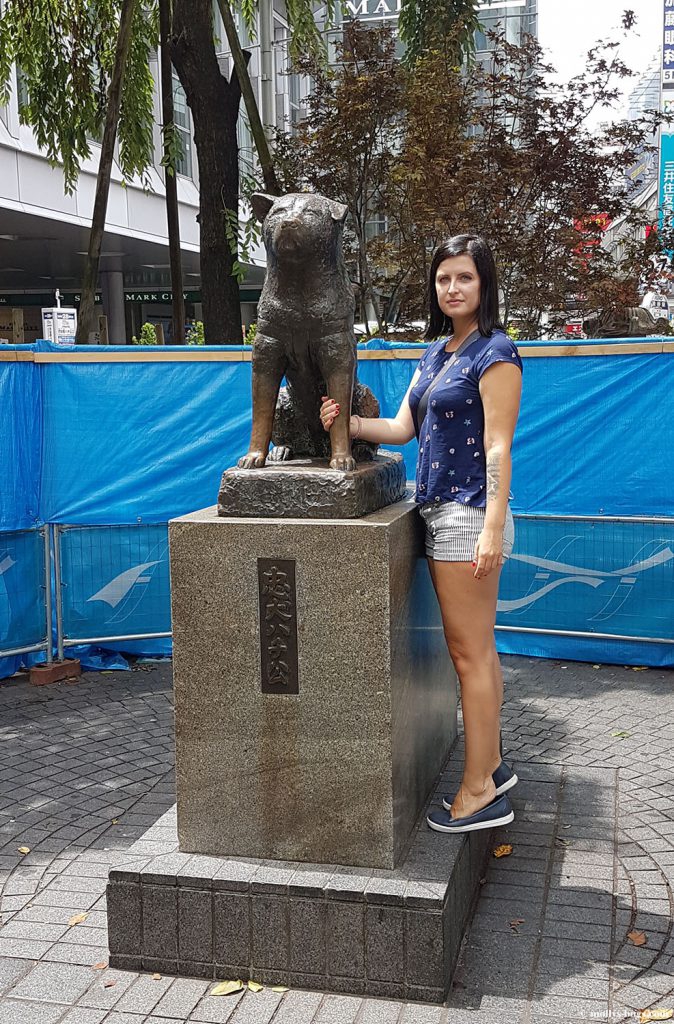
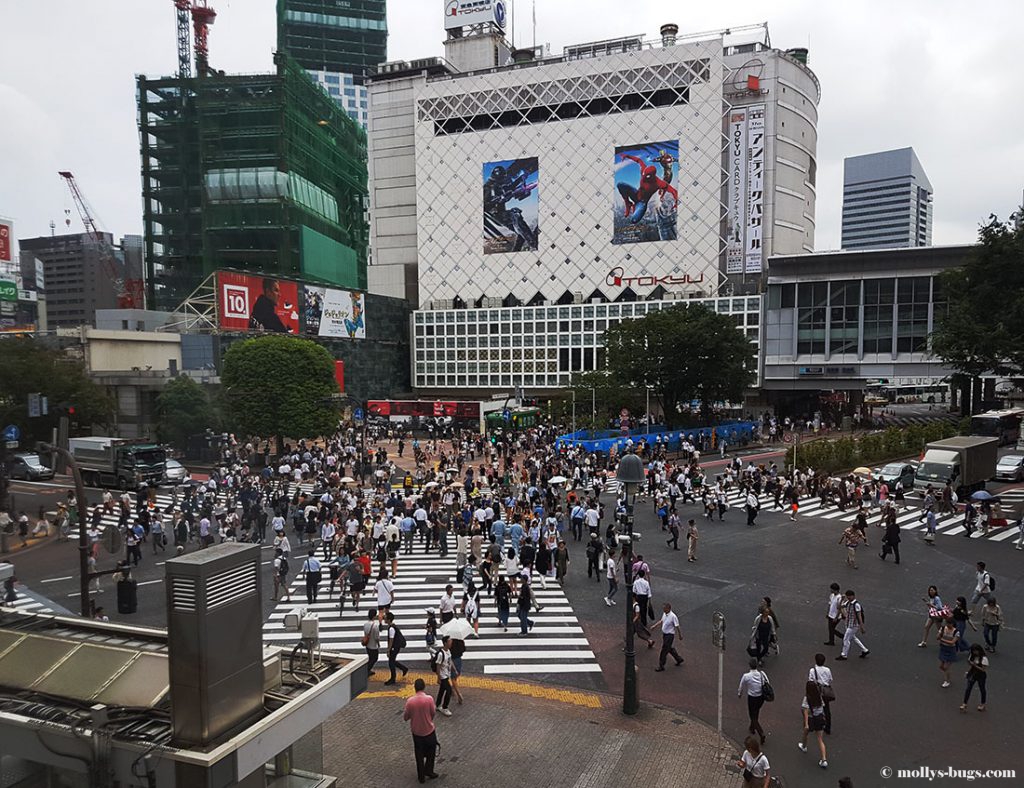
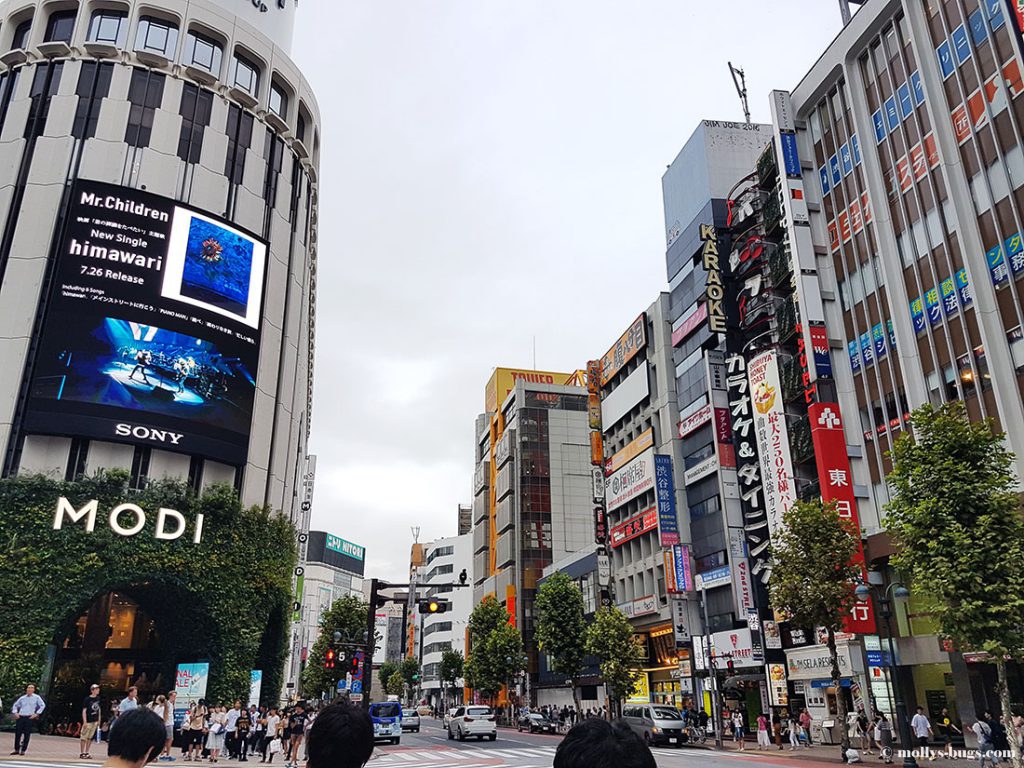
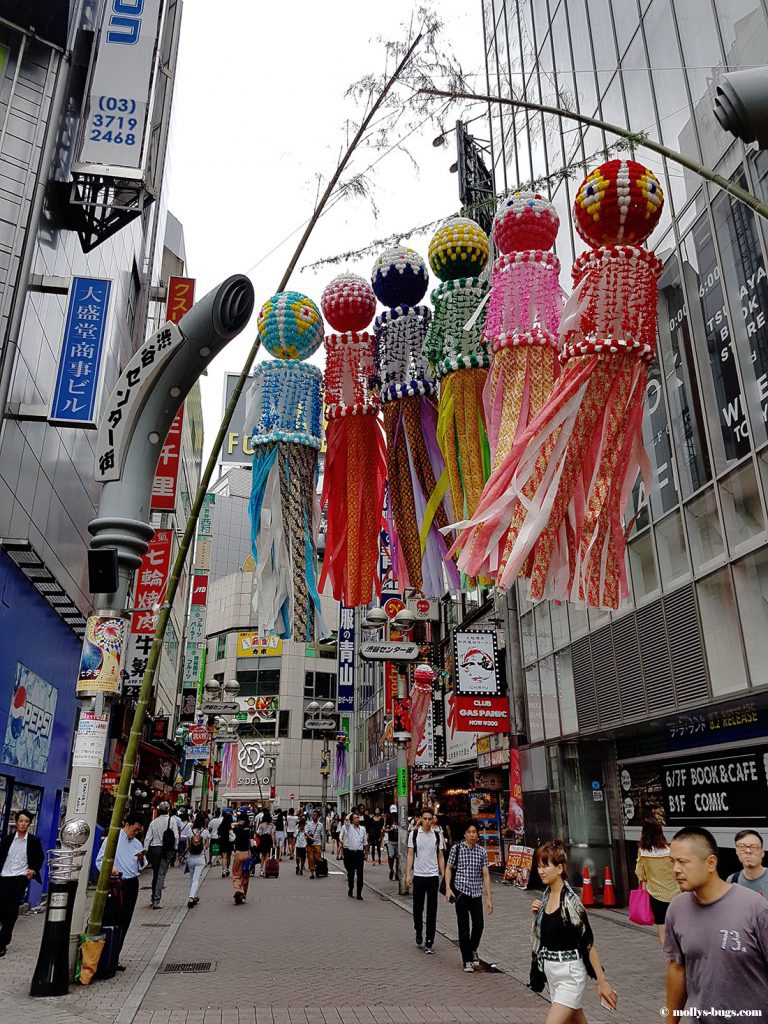
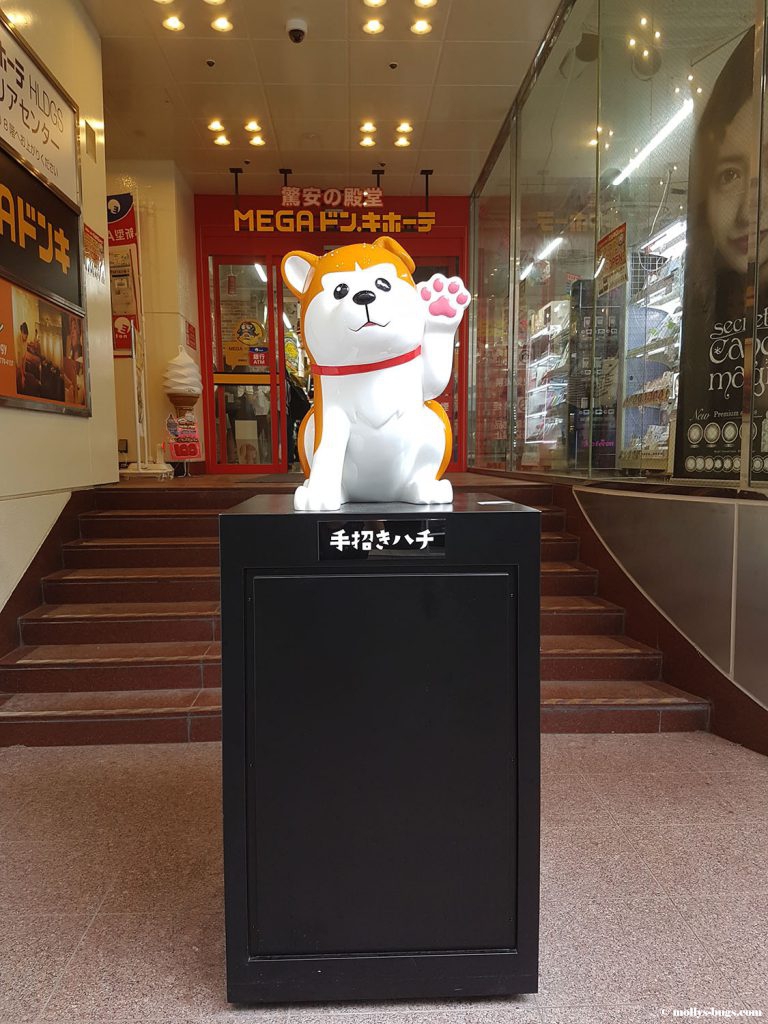
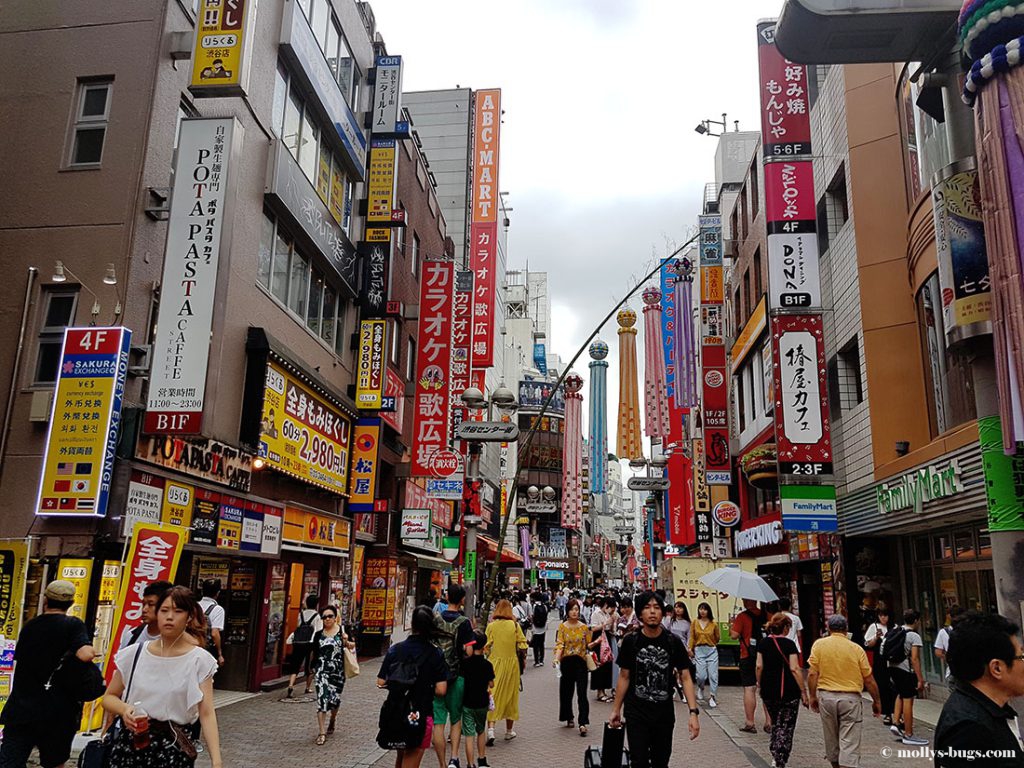
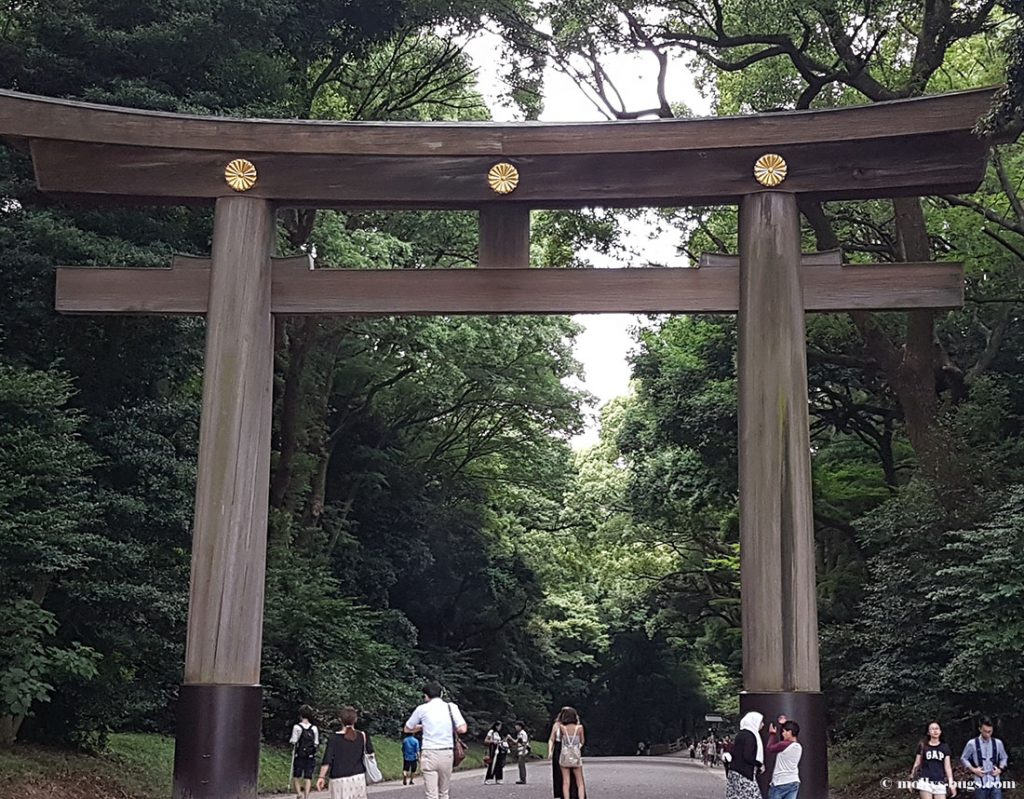
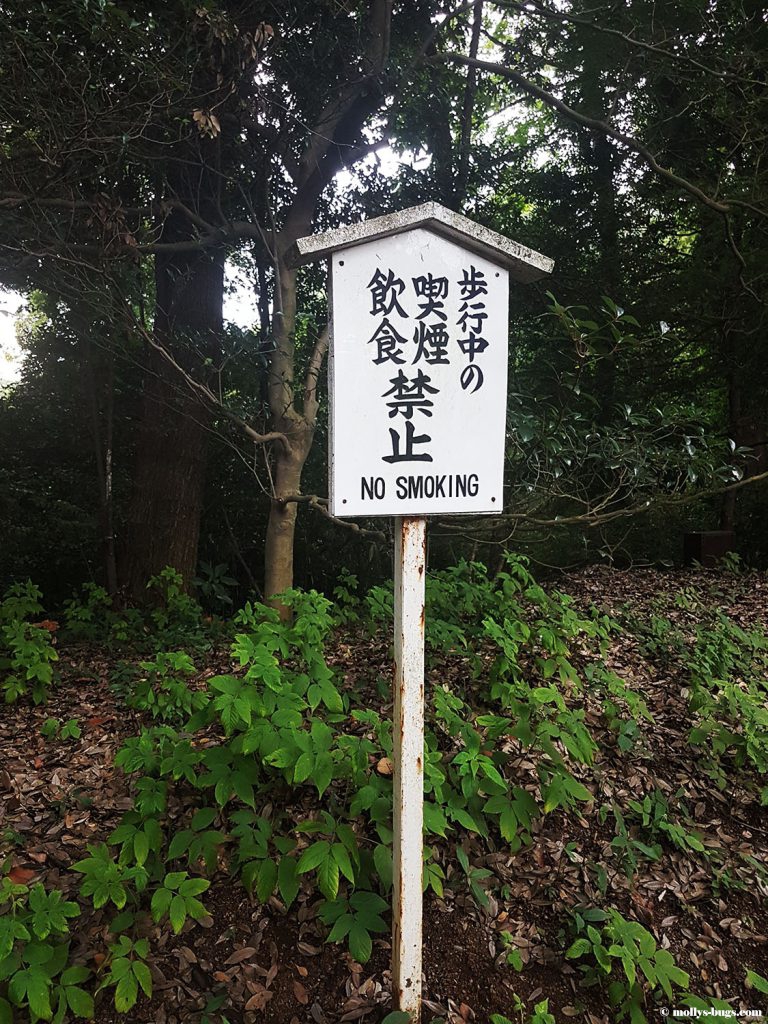
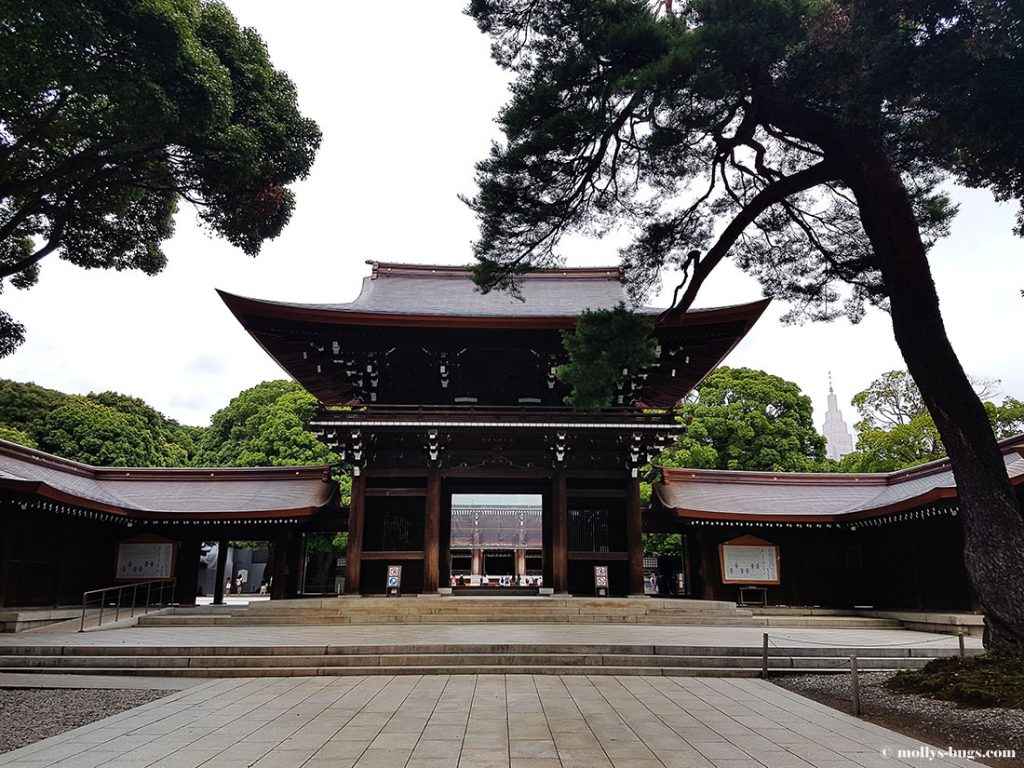
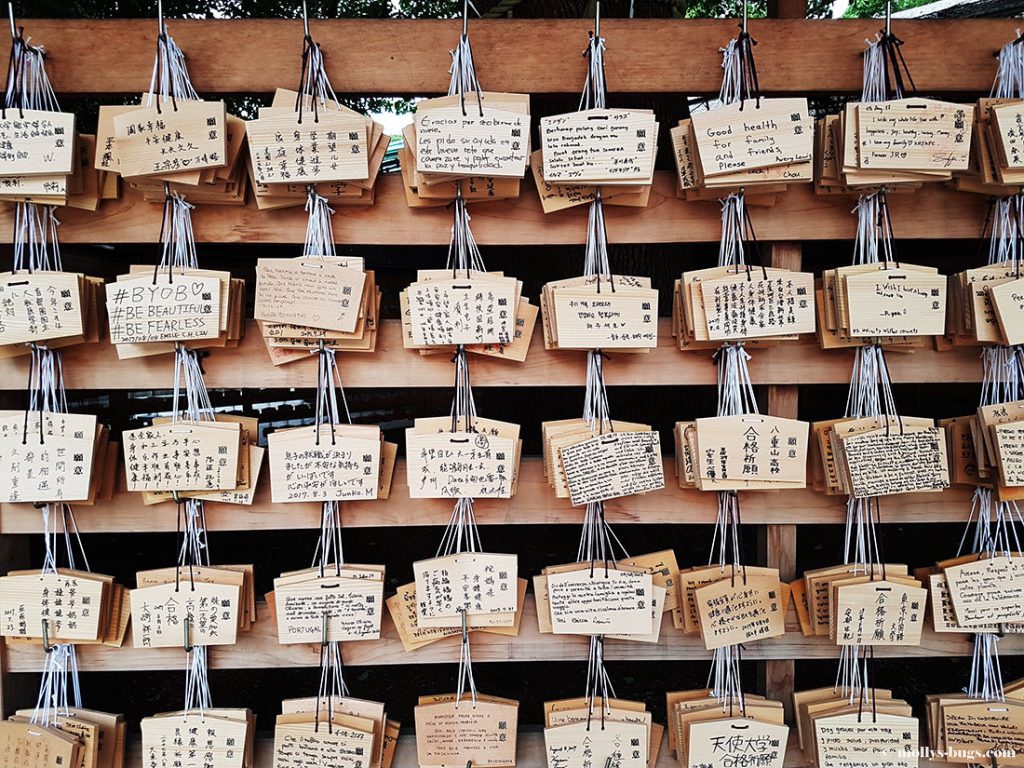
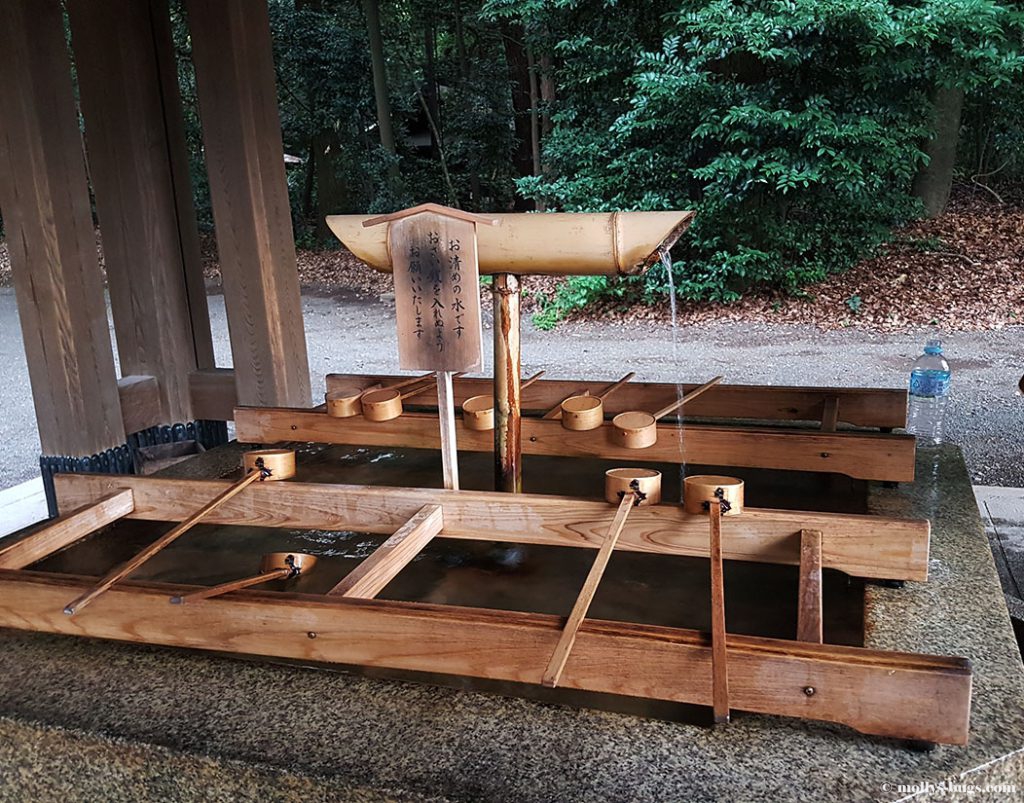
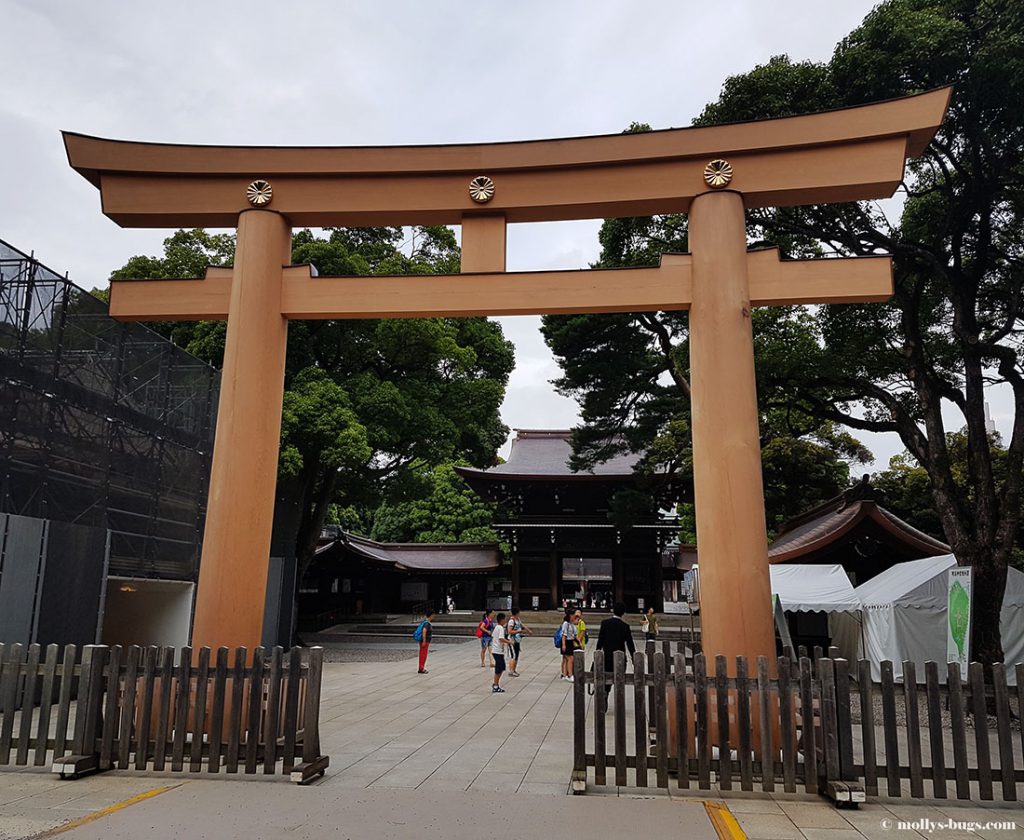
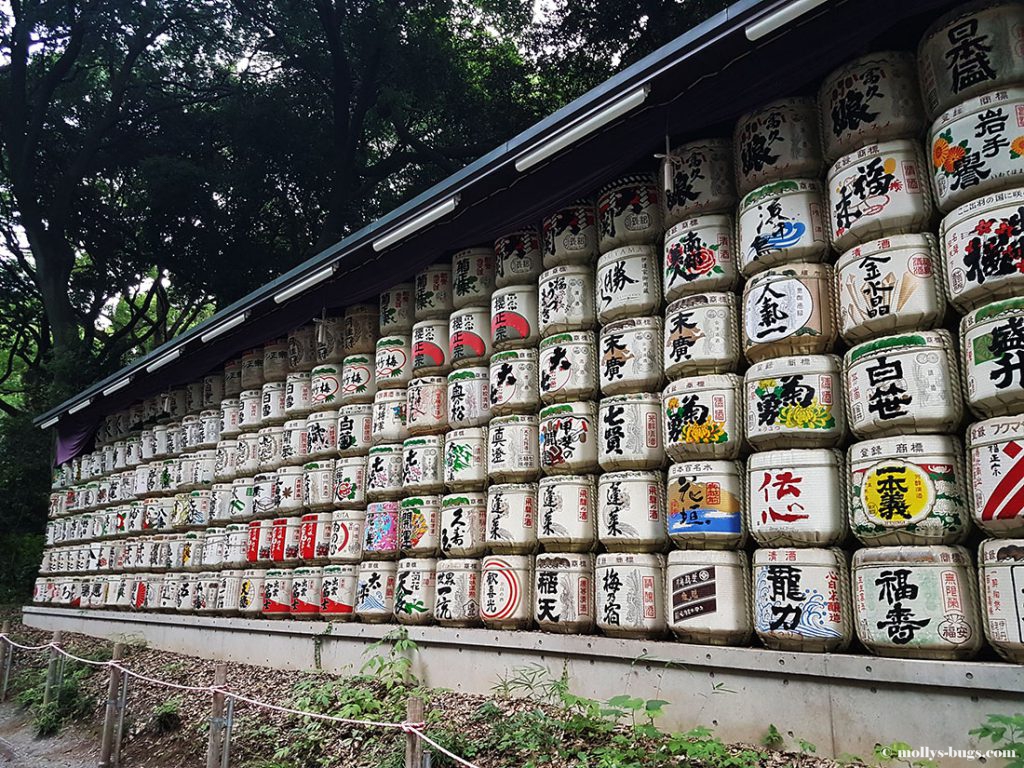
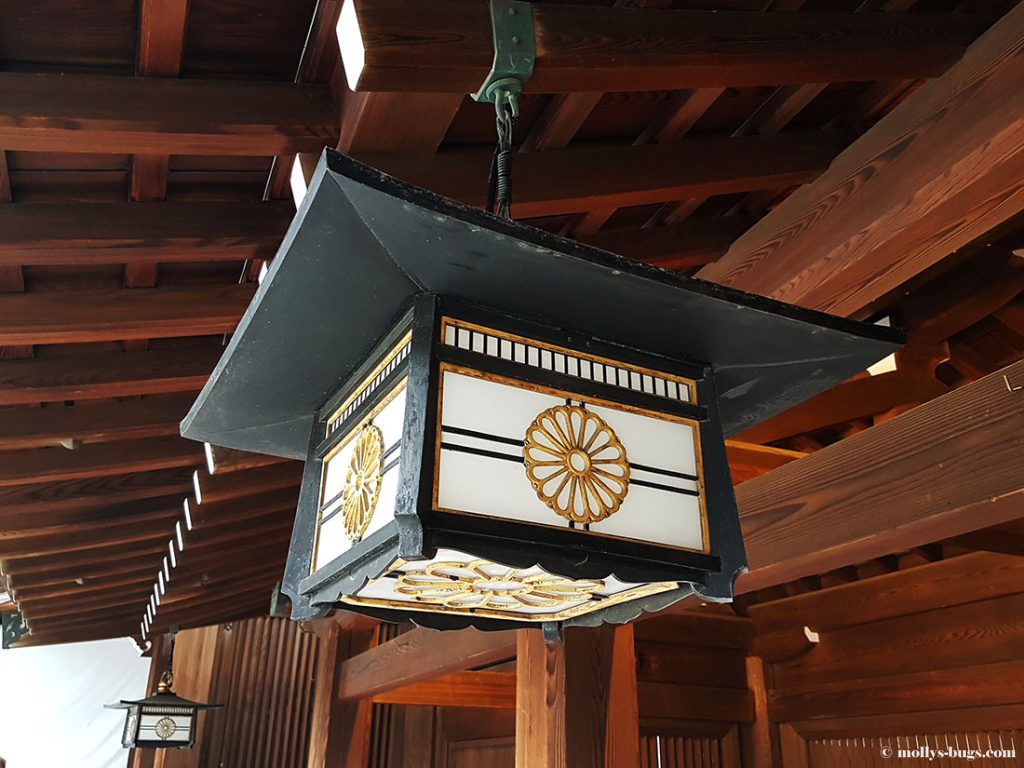
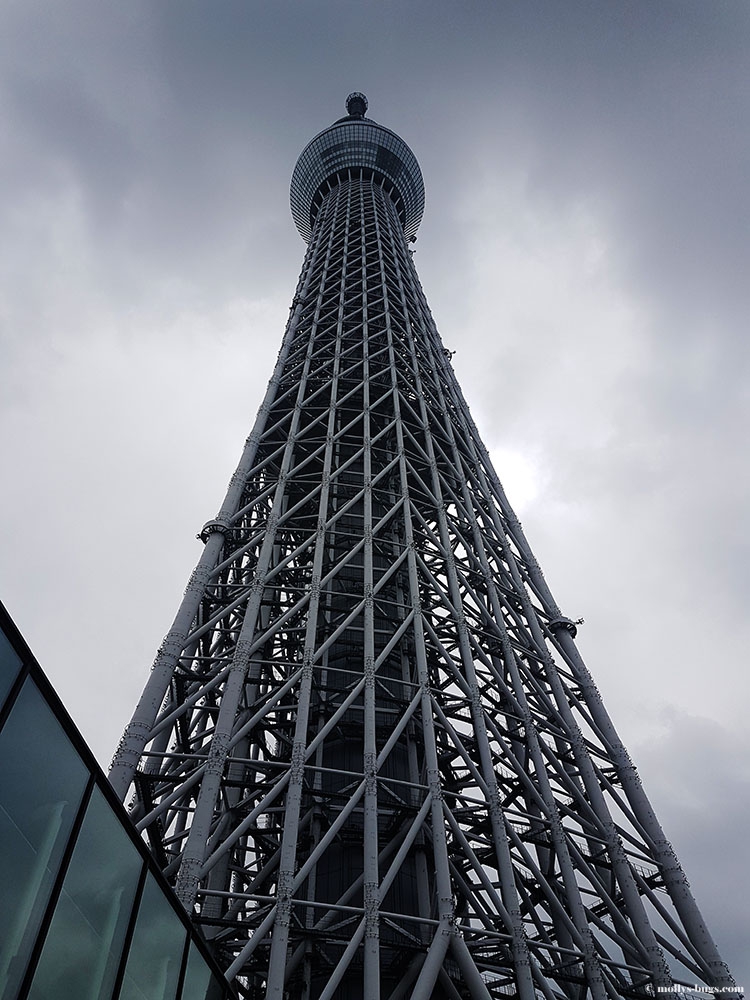
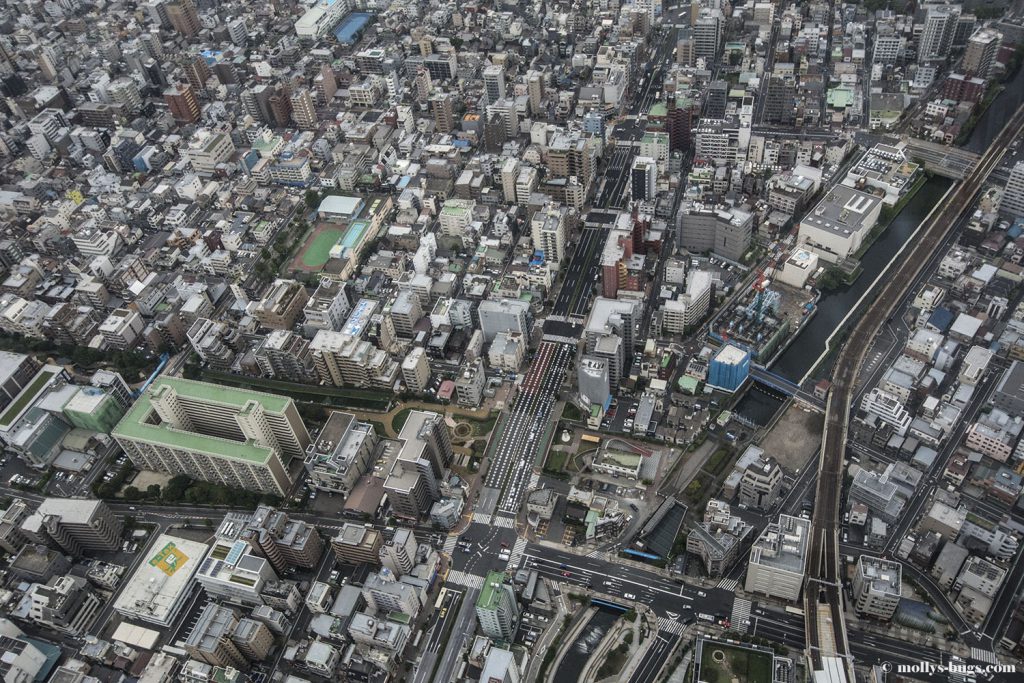
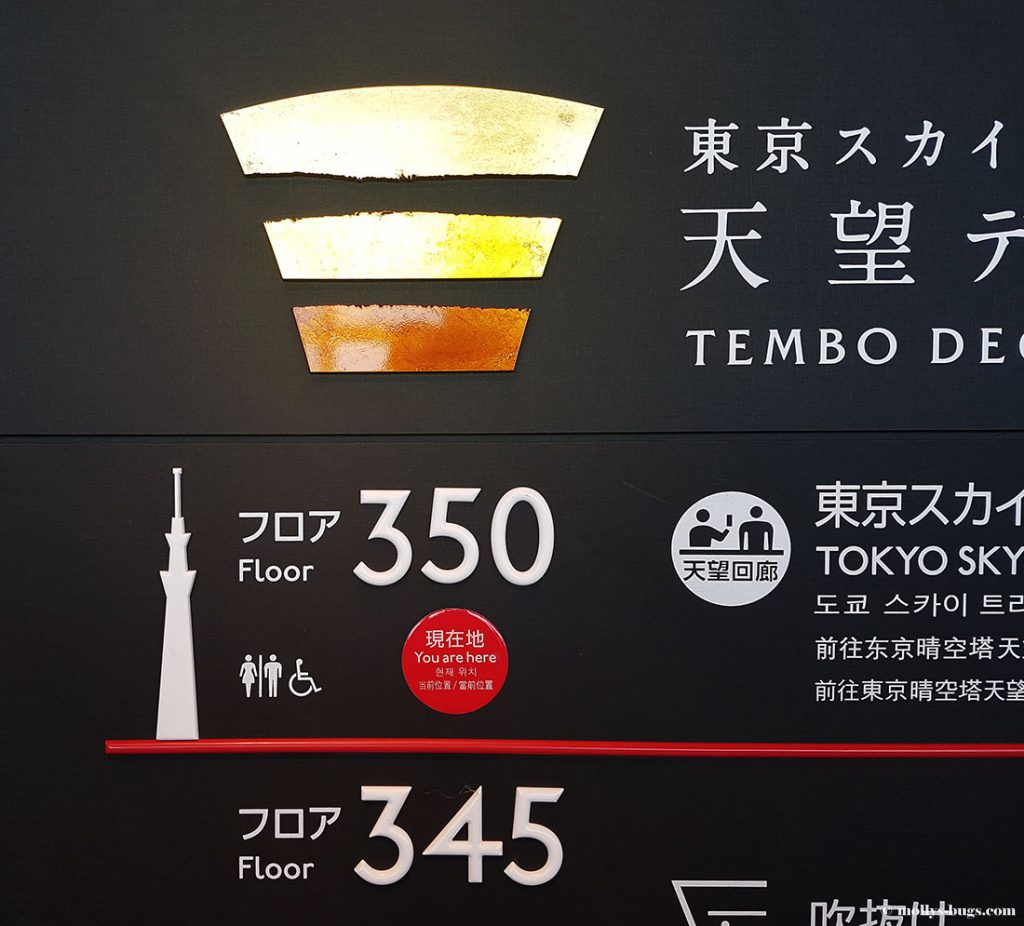
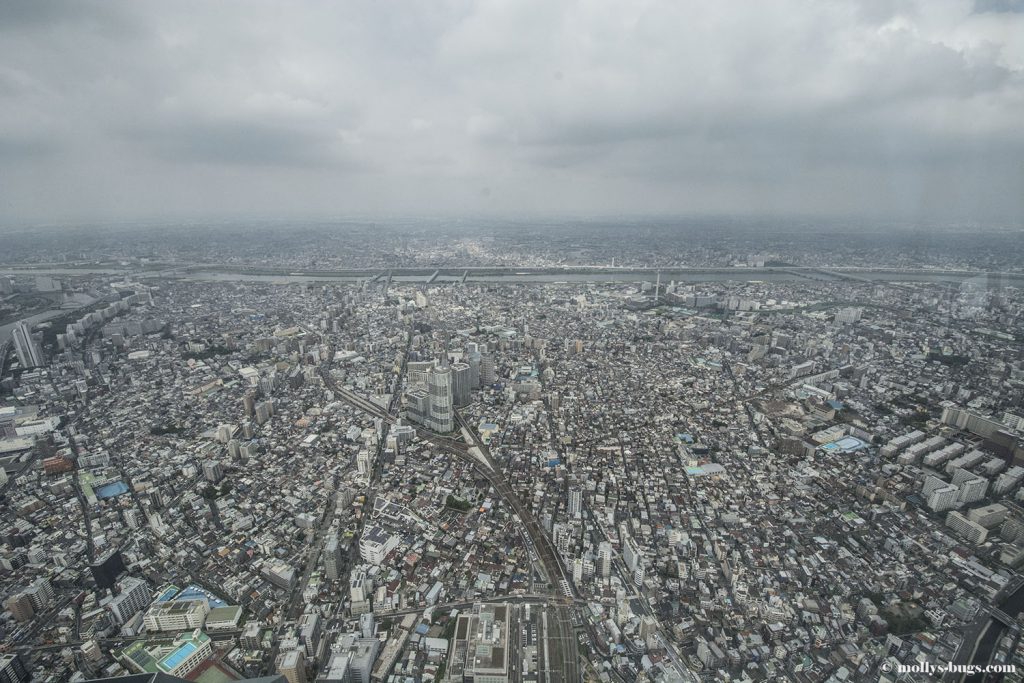
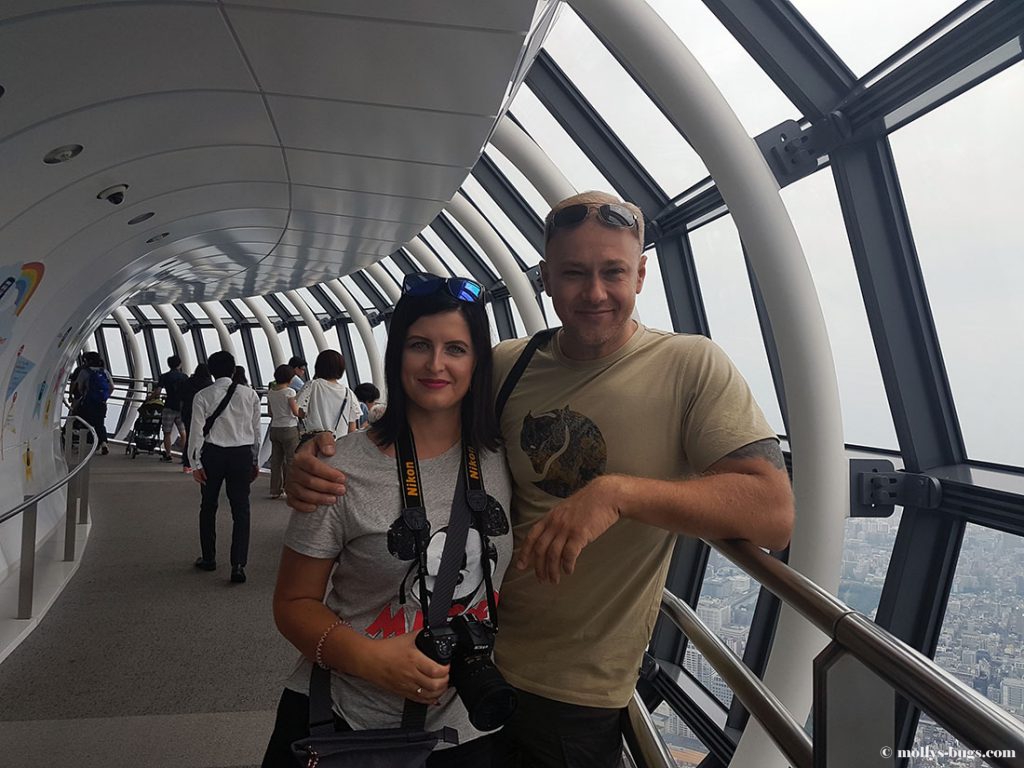
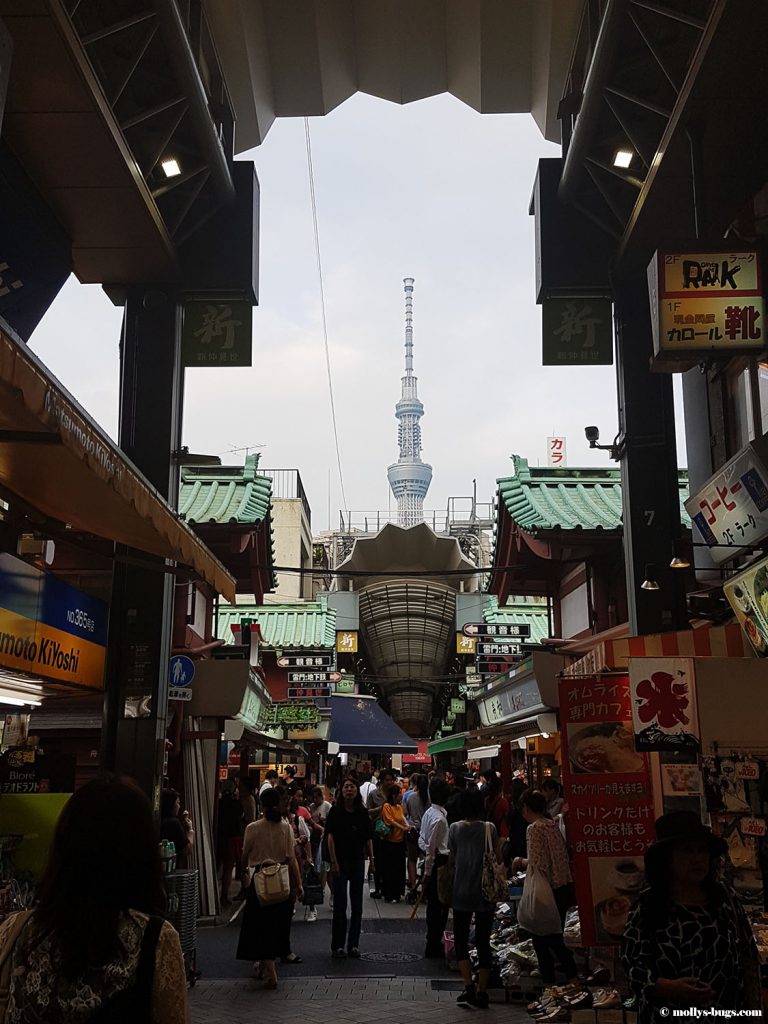
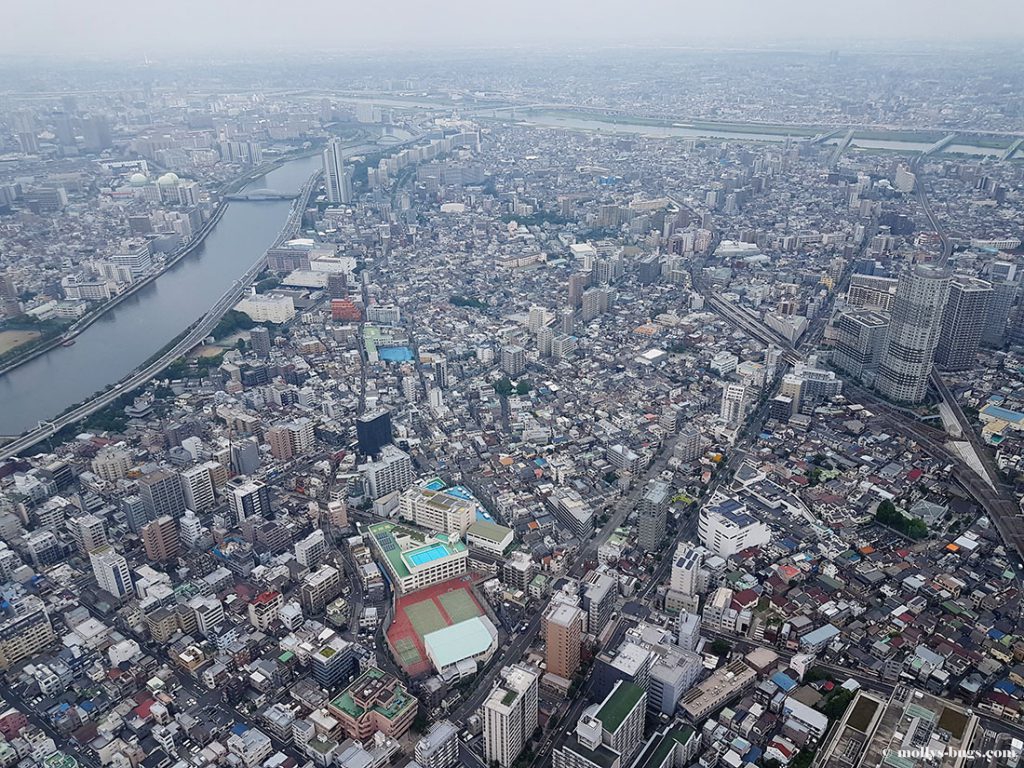
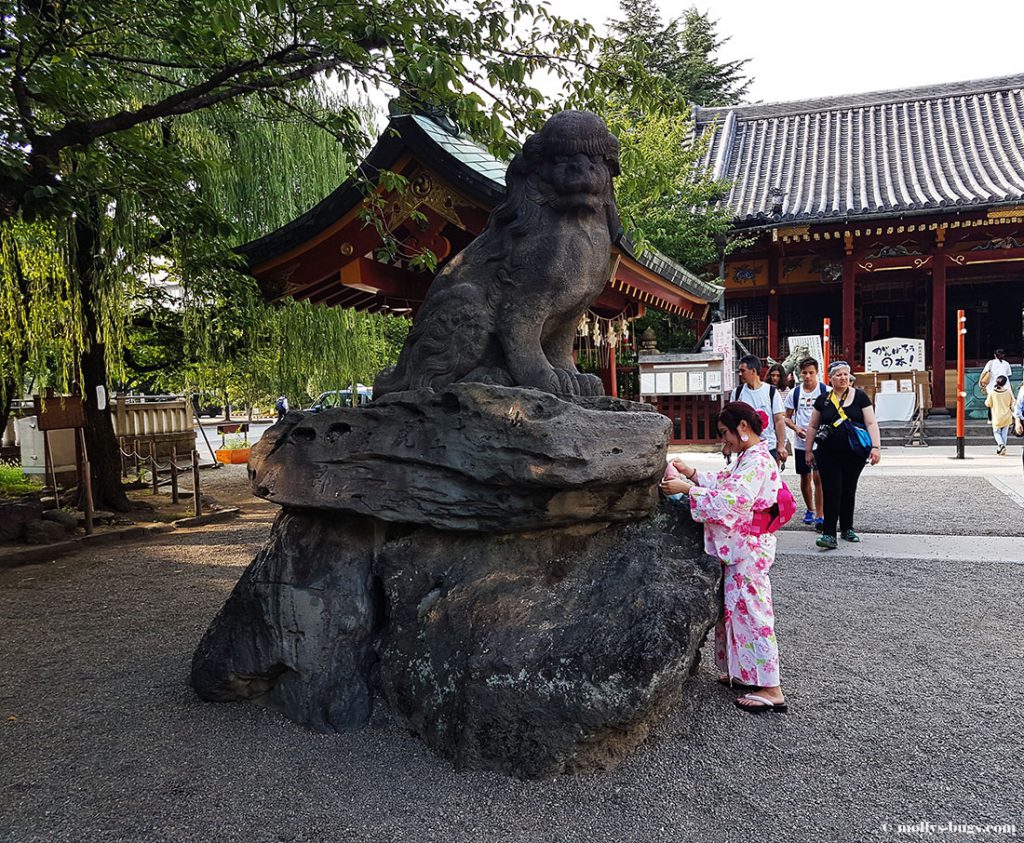
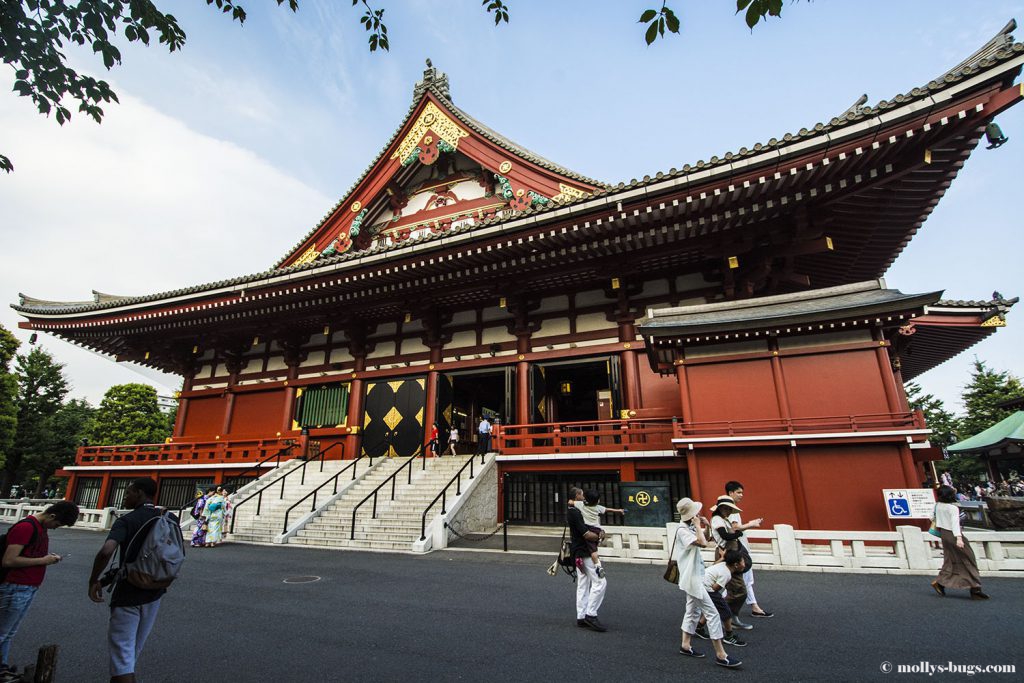
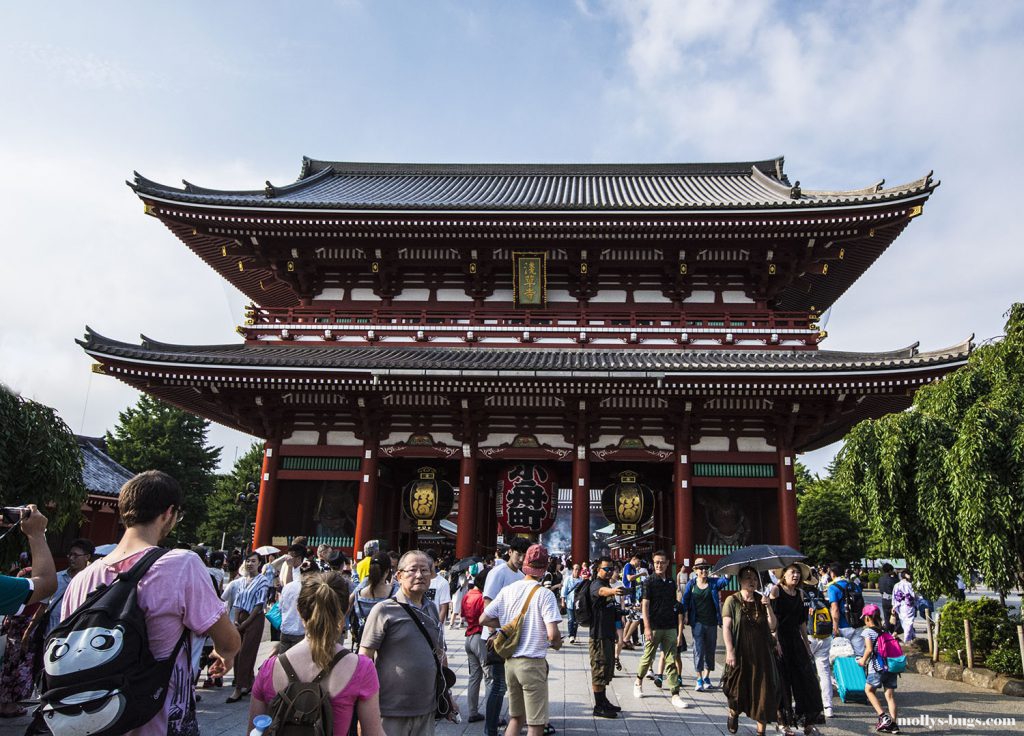
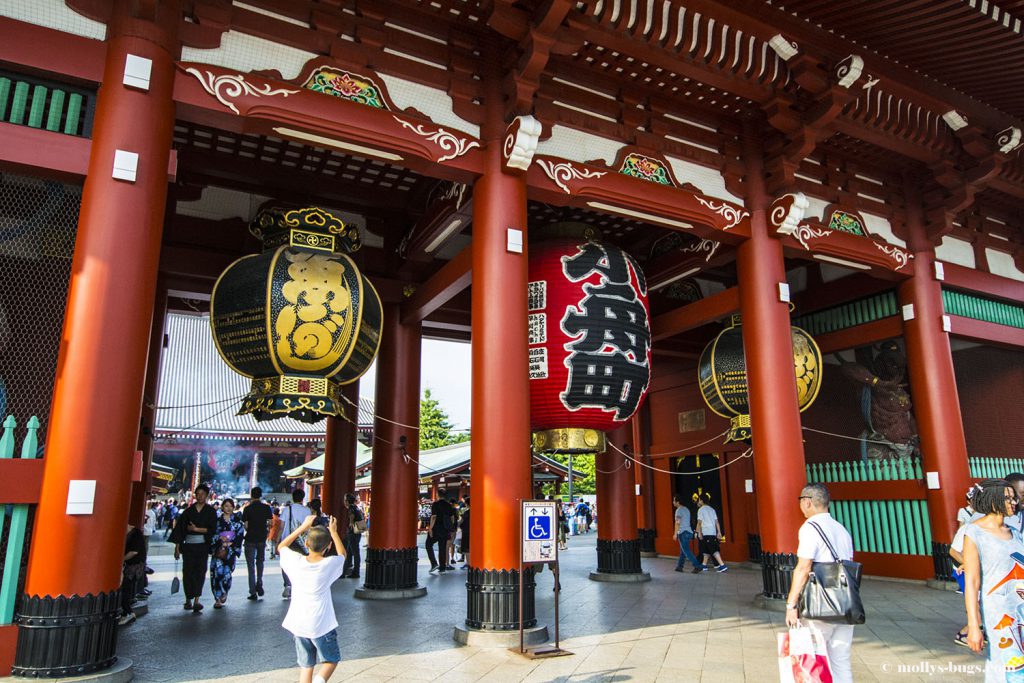
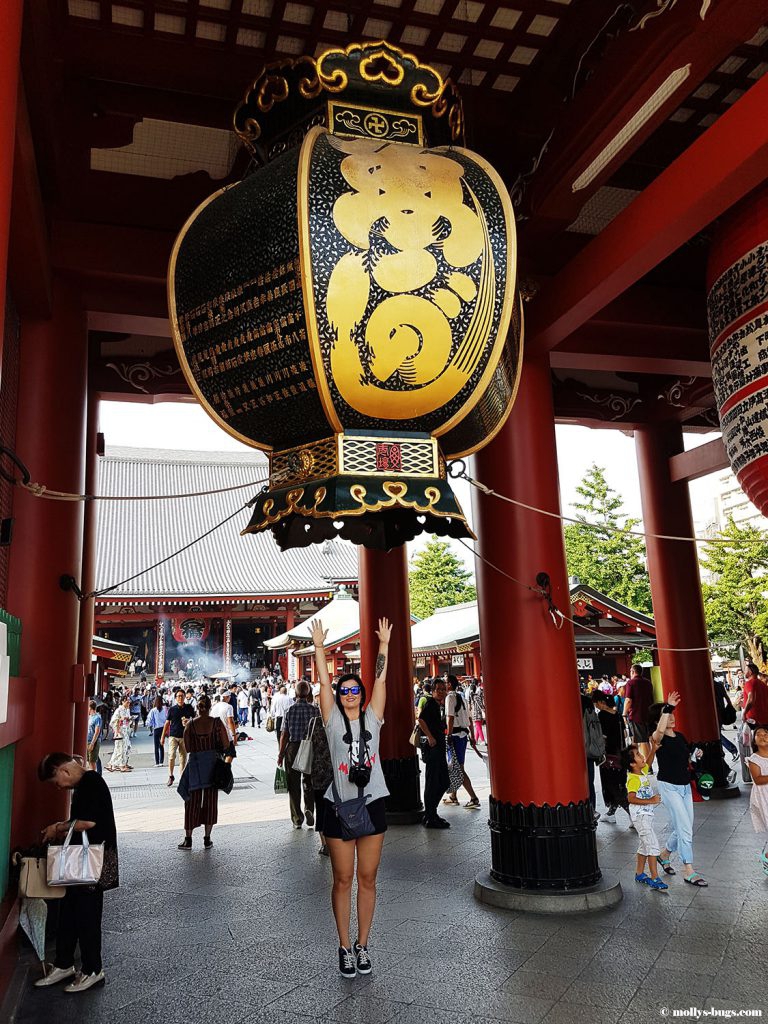
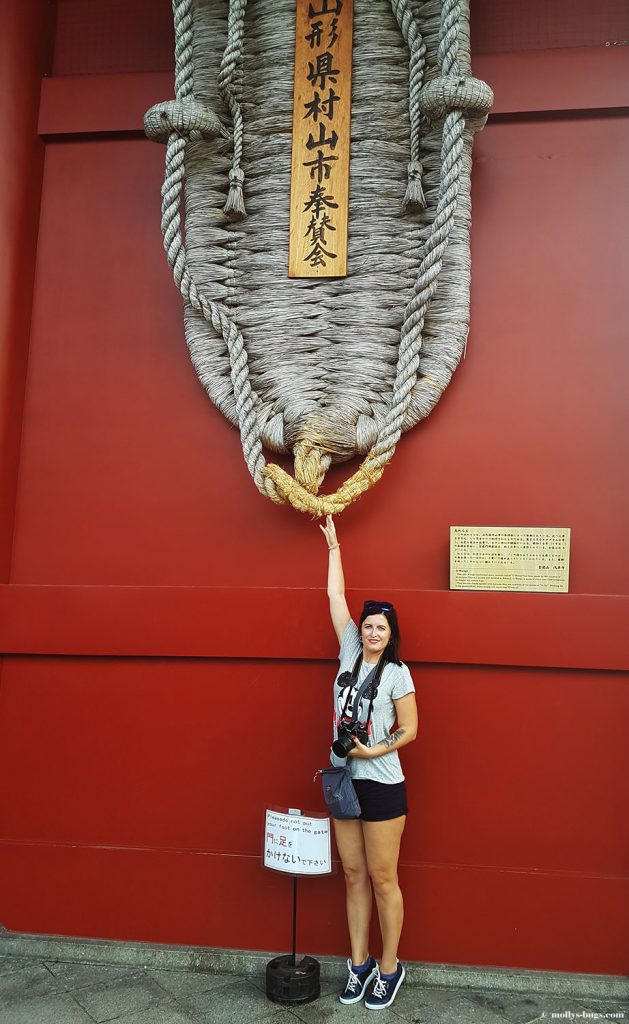
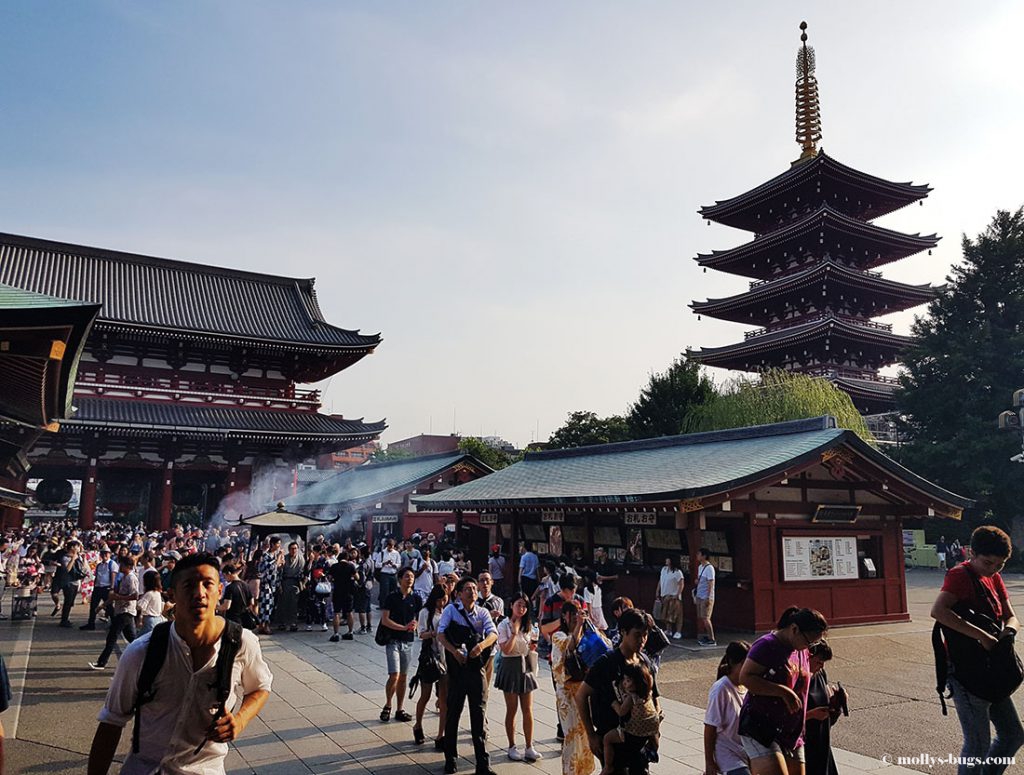
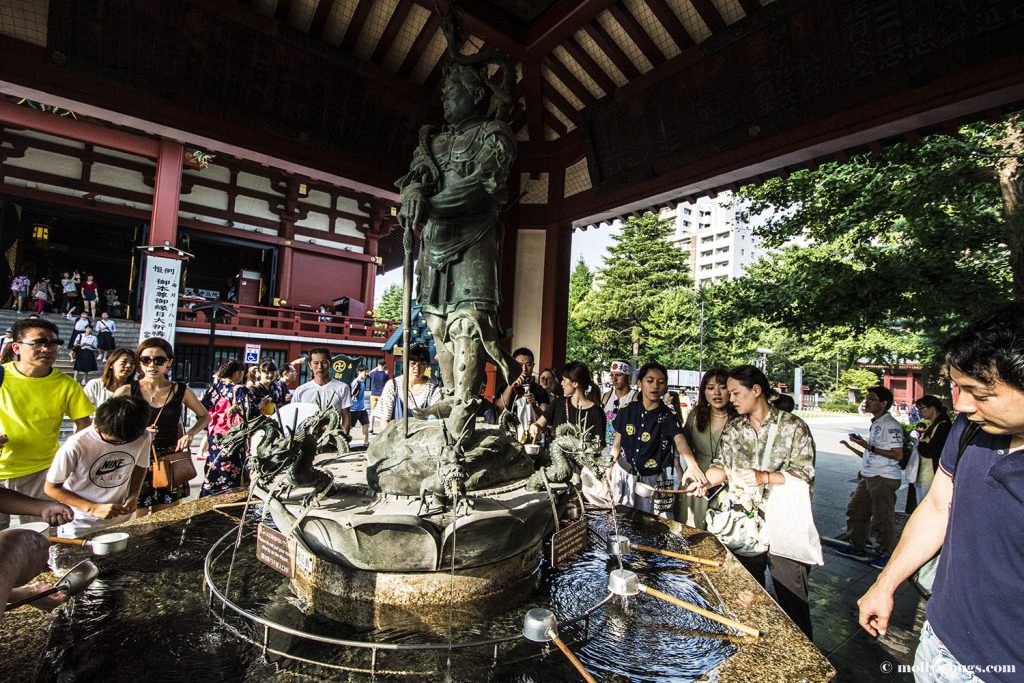
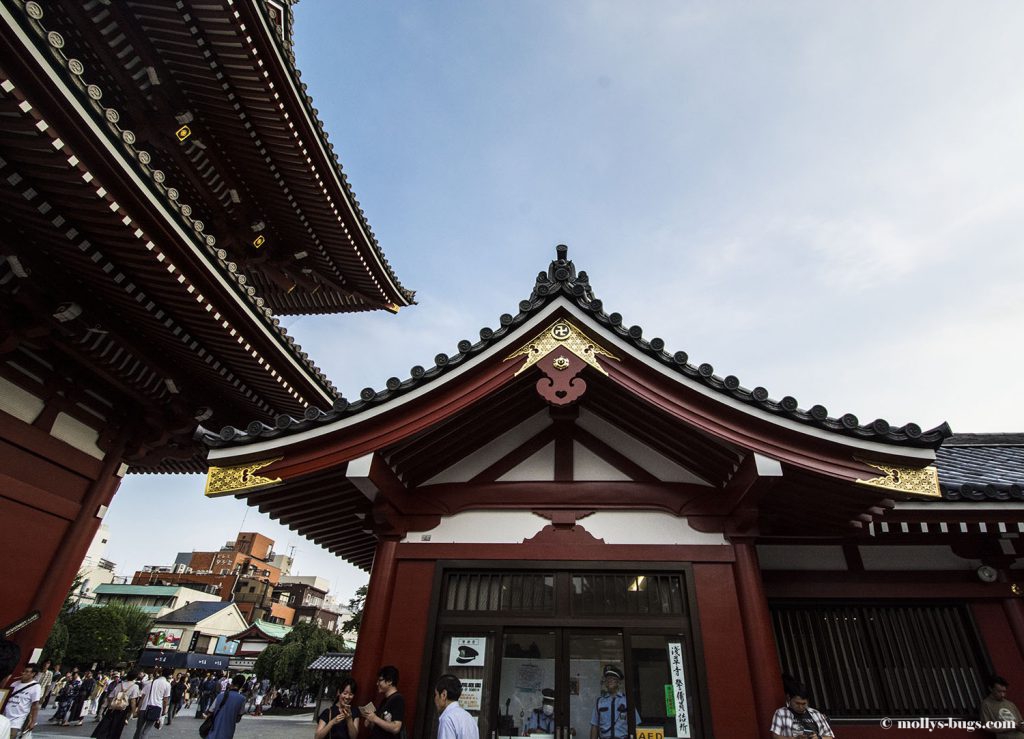
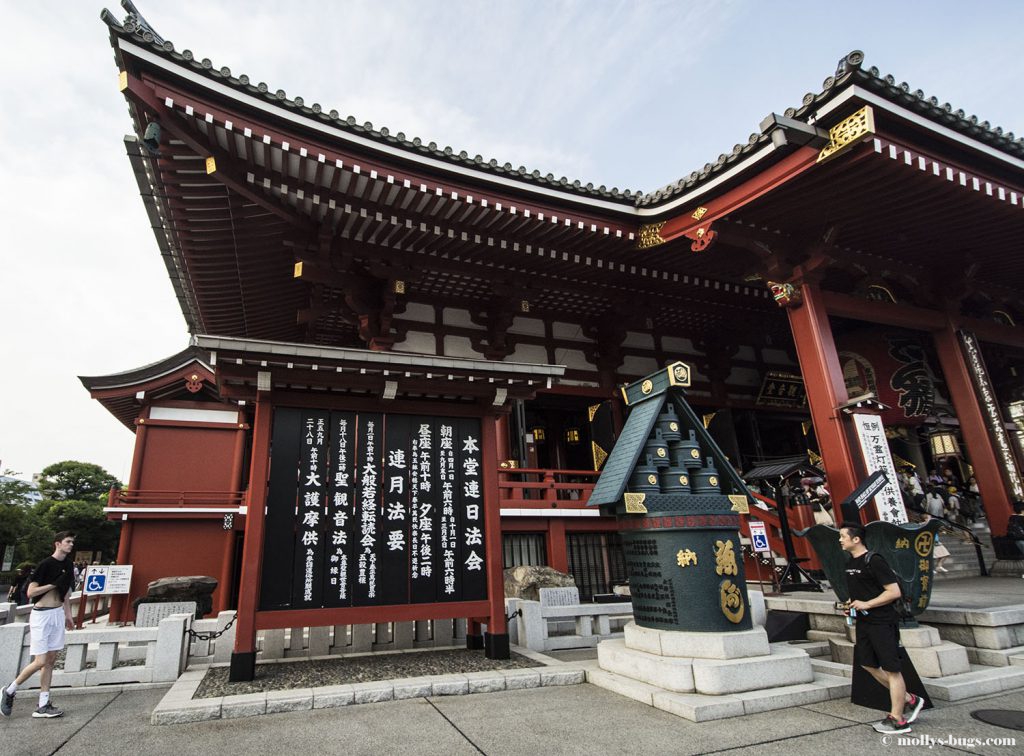
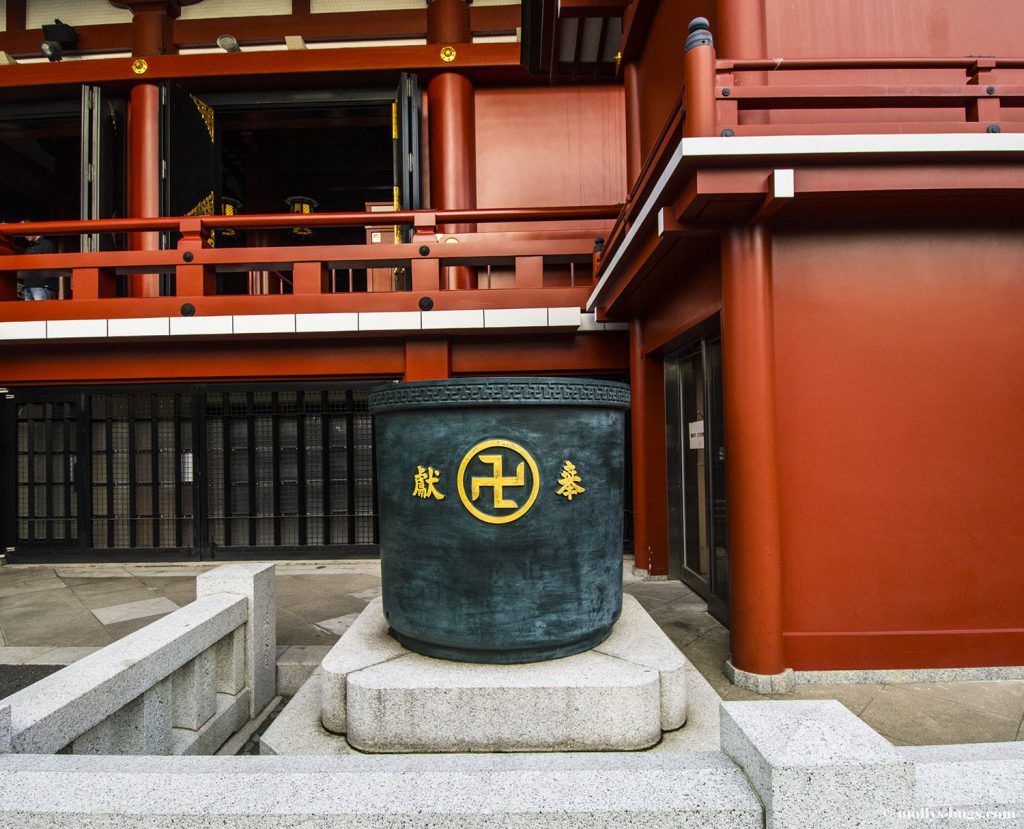
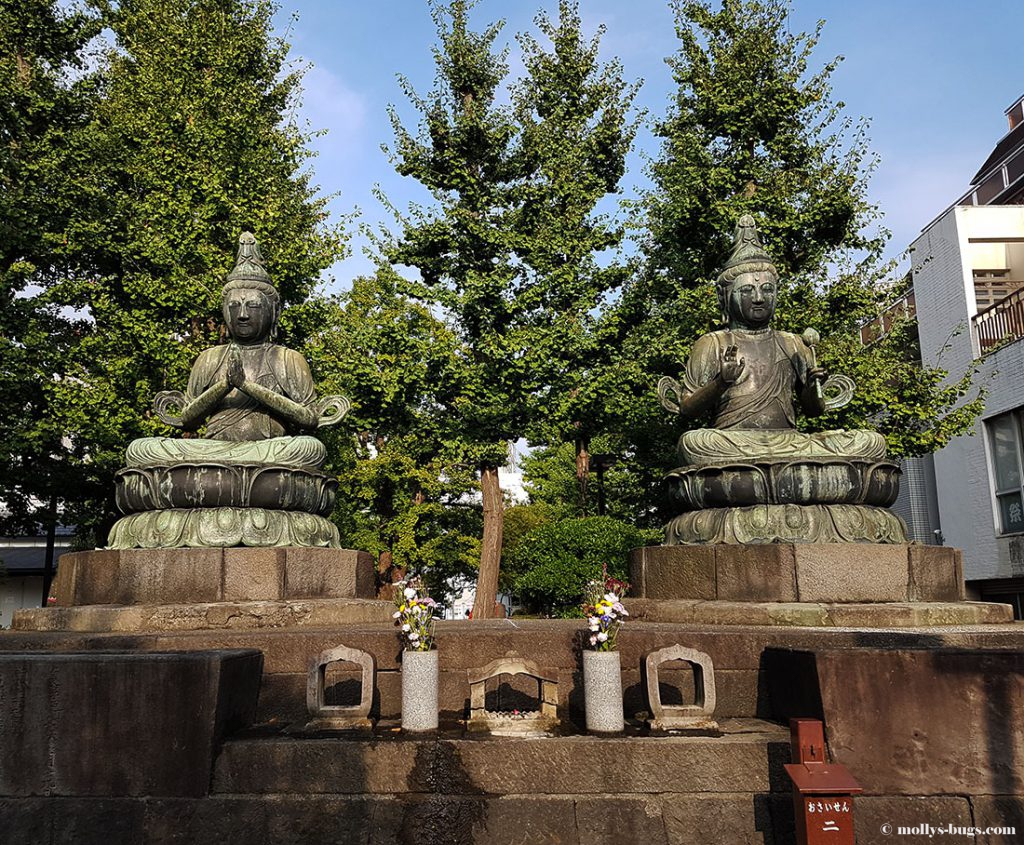
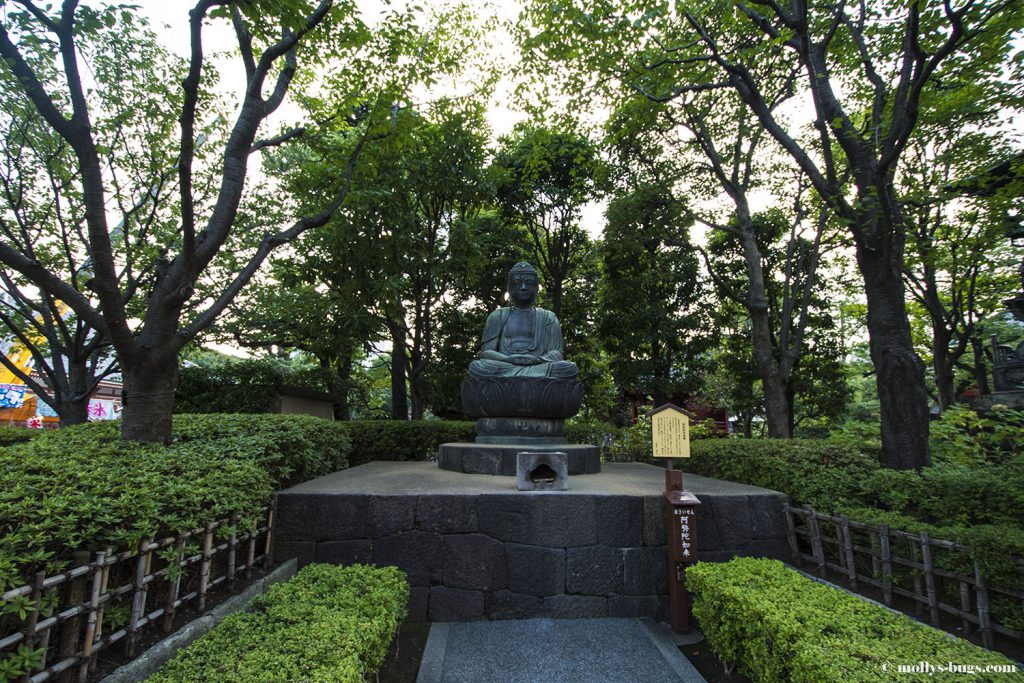
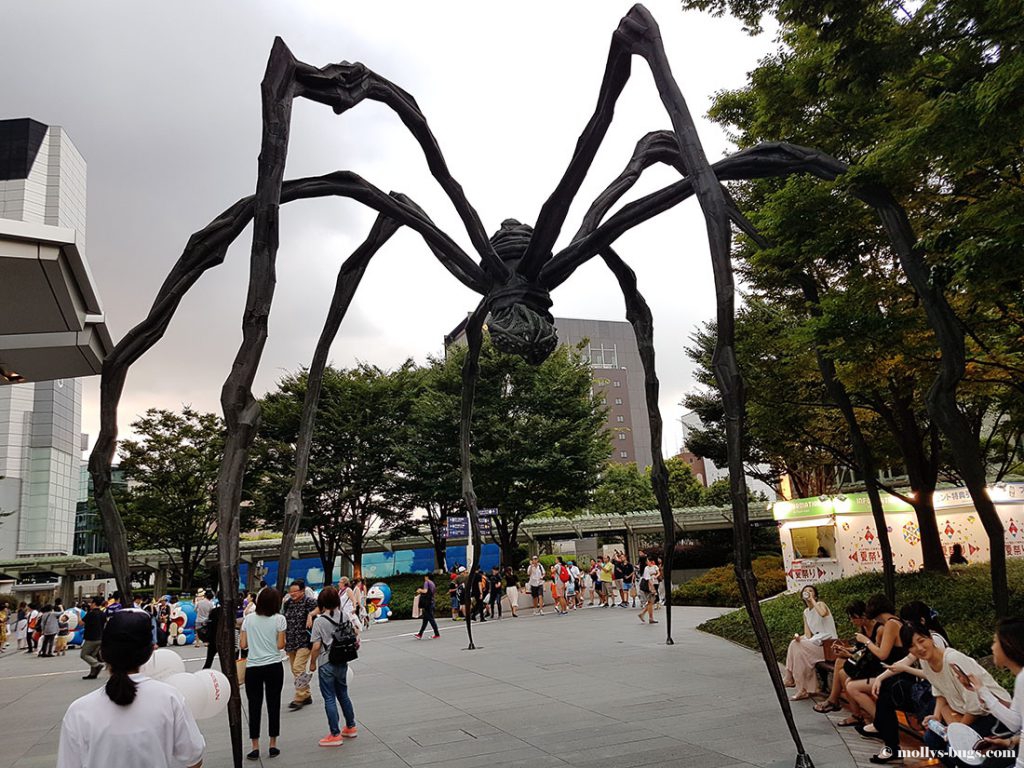
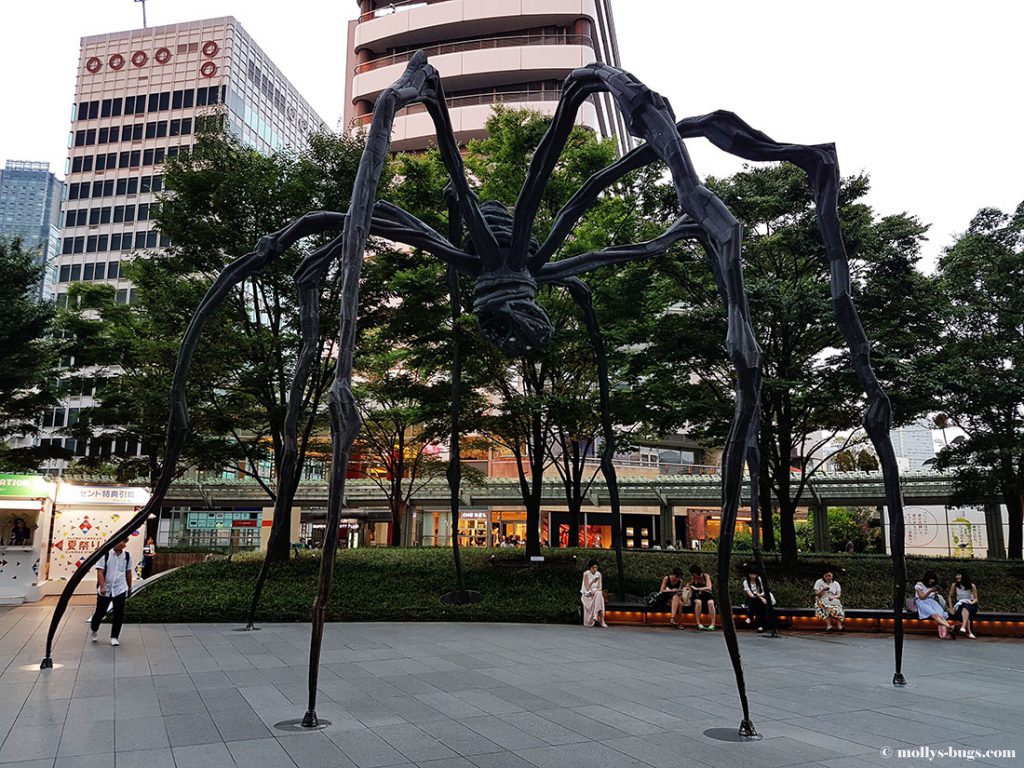
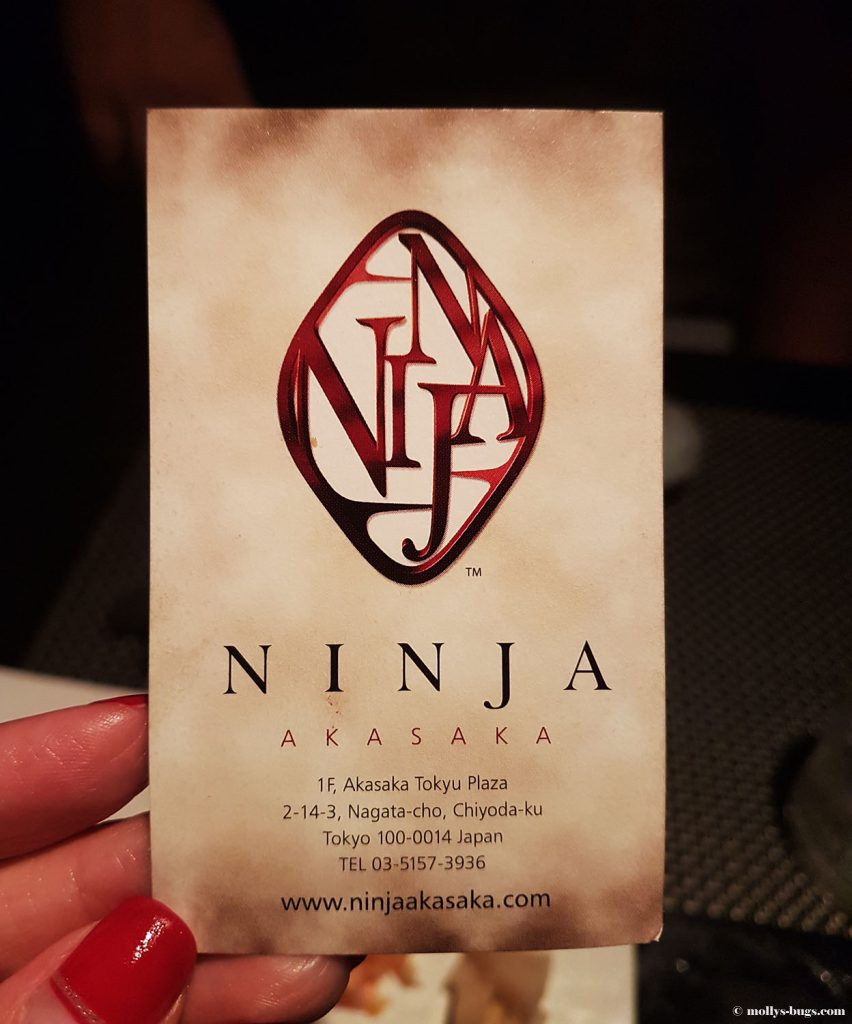
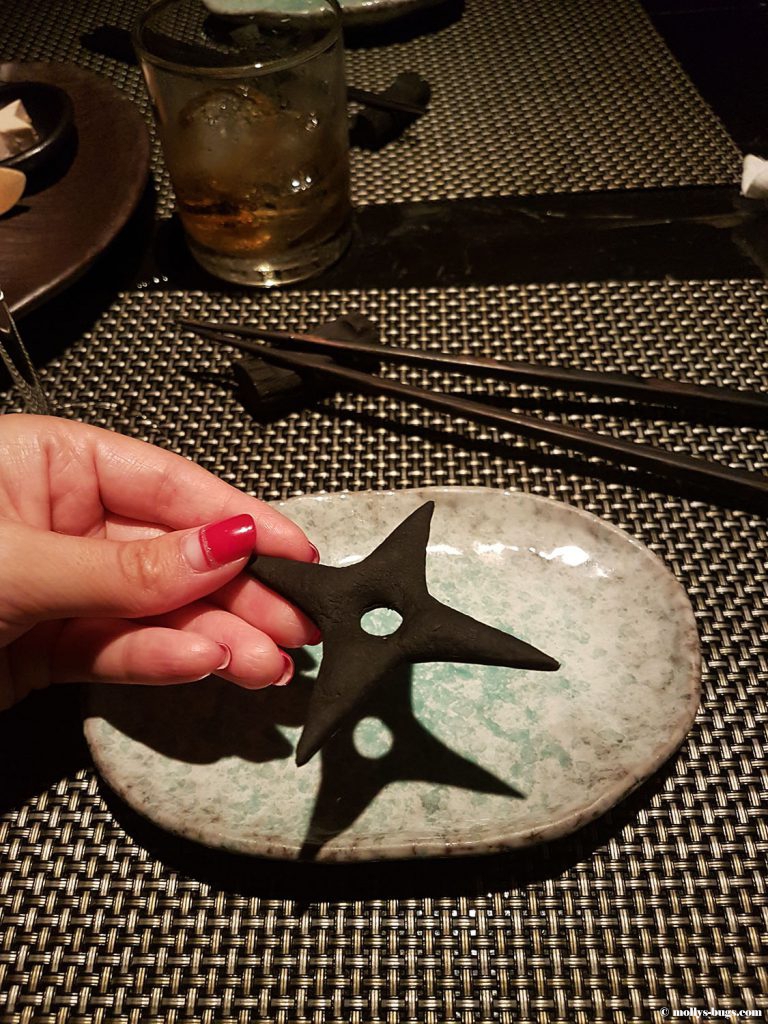
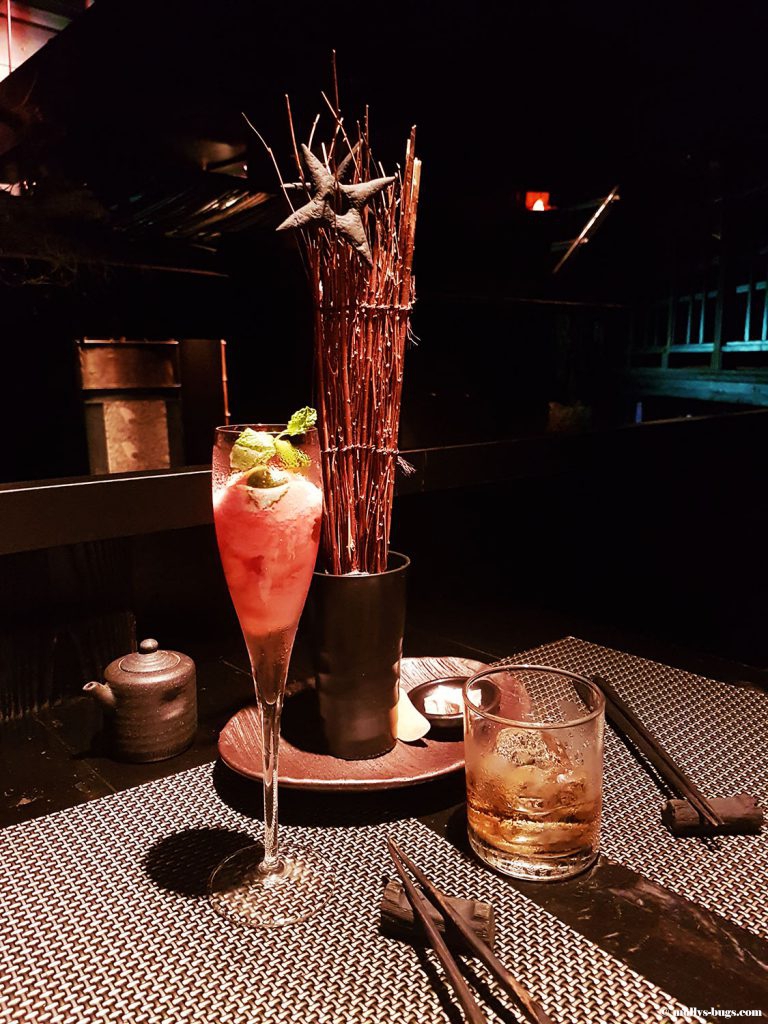
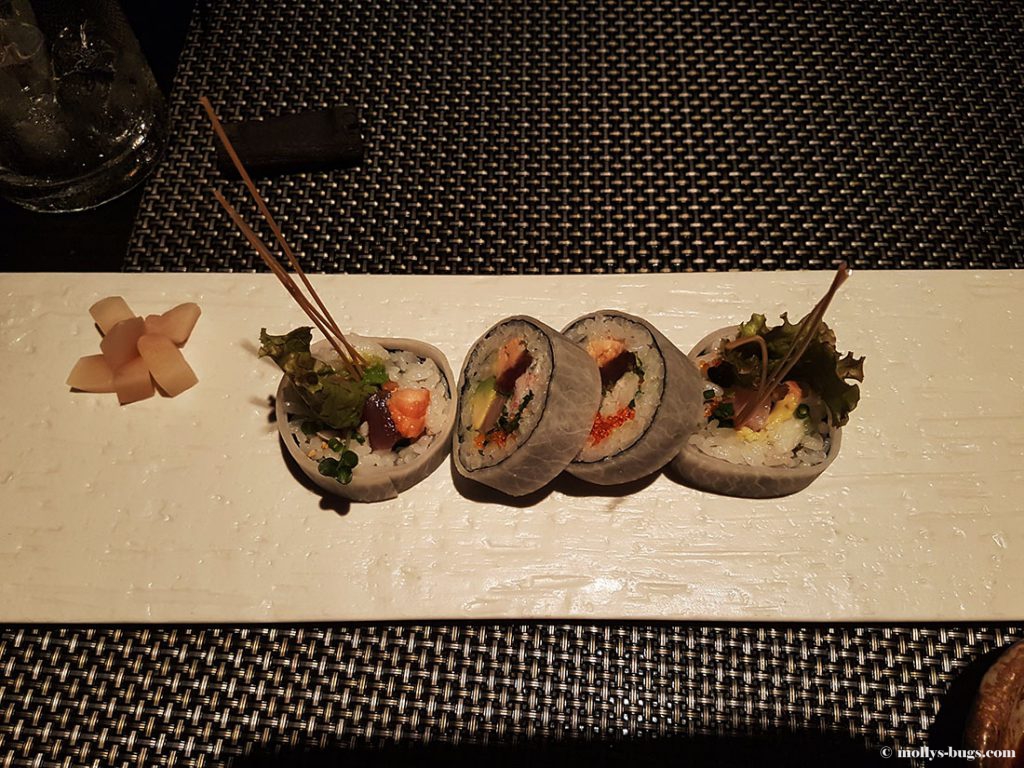
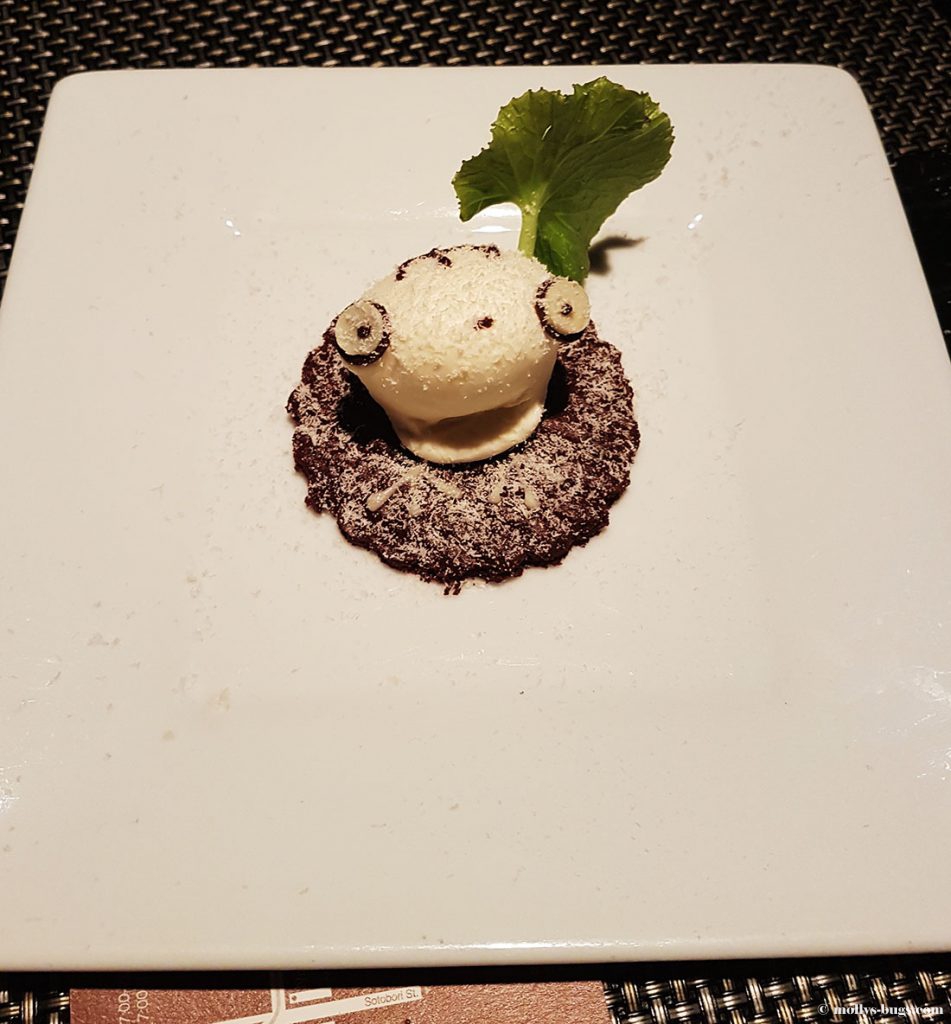
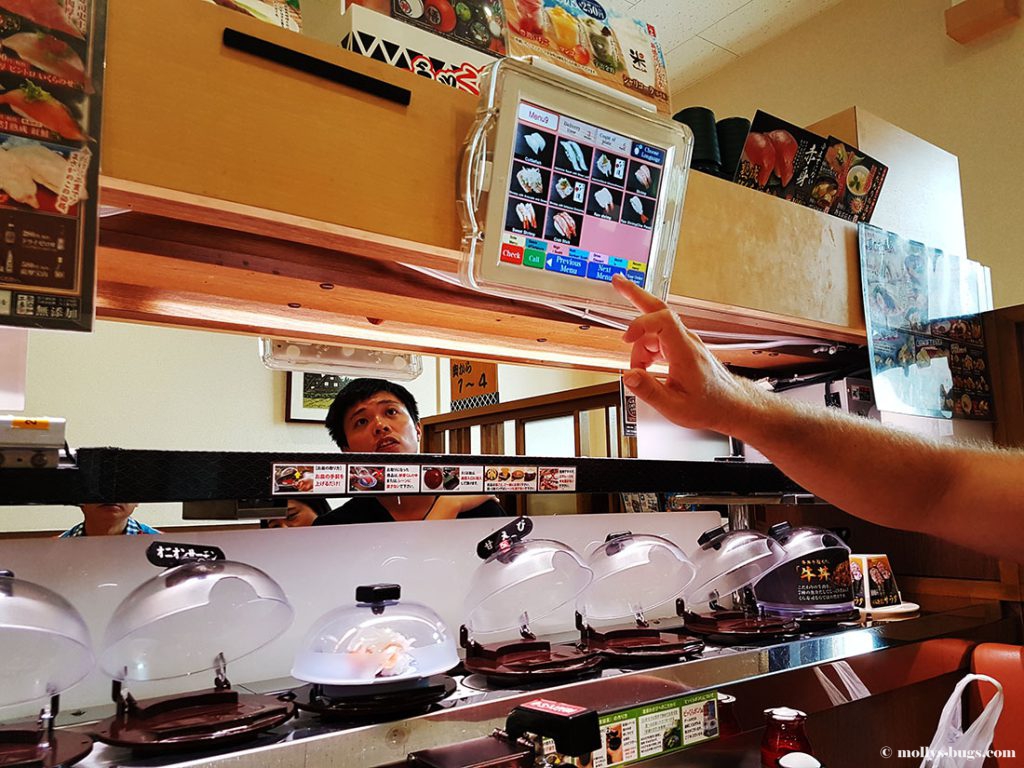
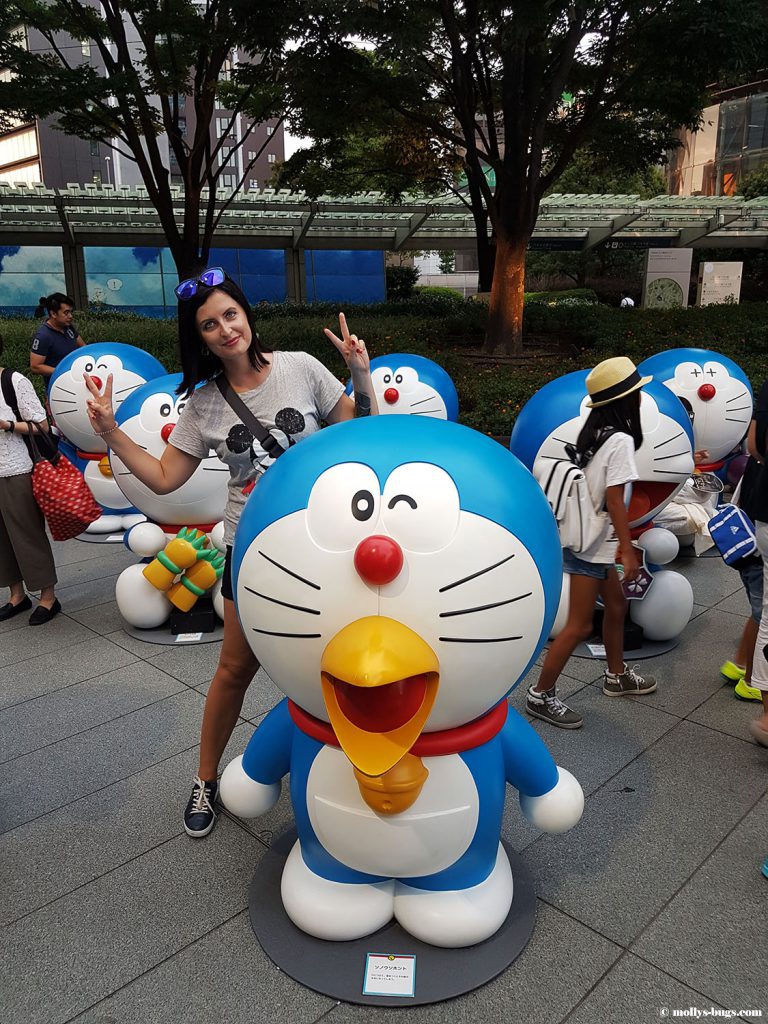






Leave a Reply